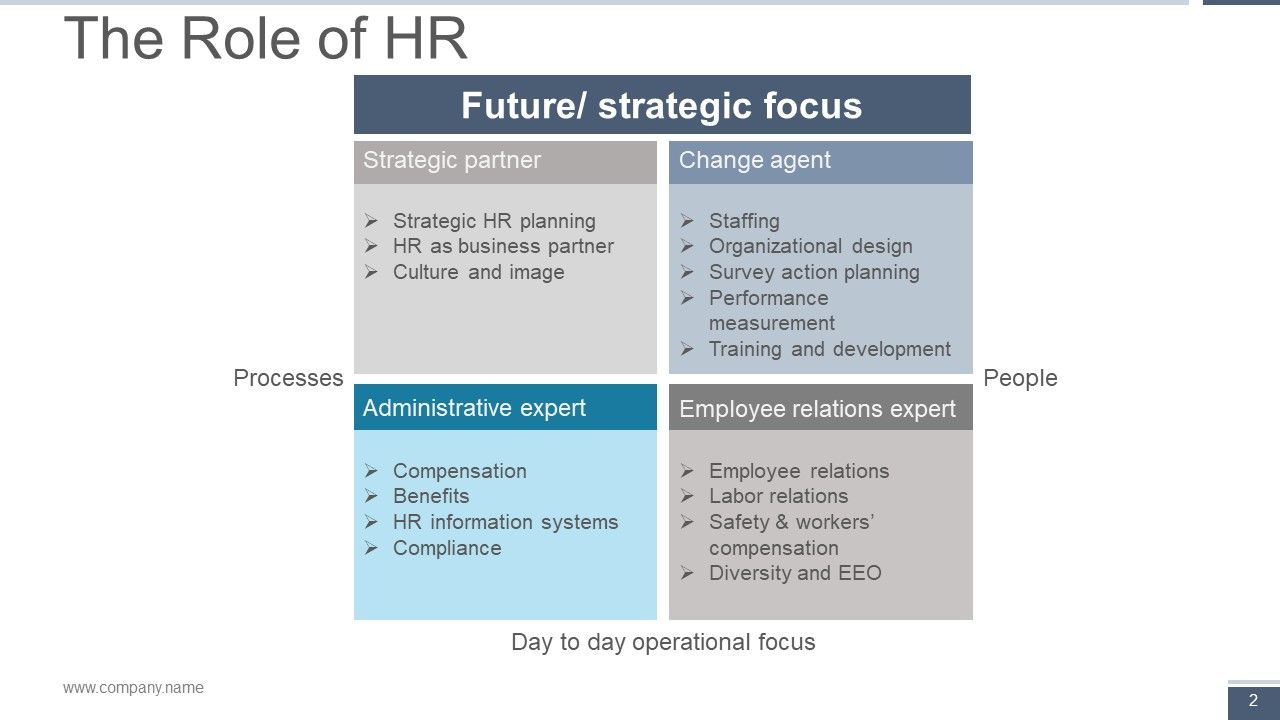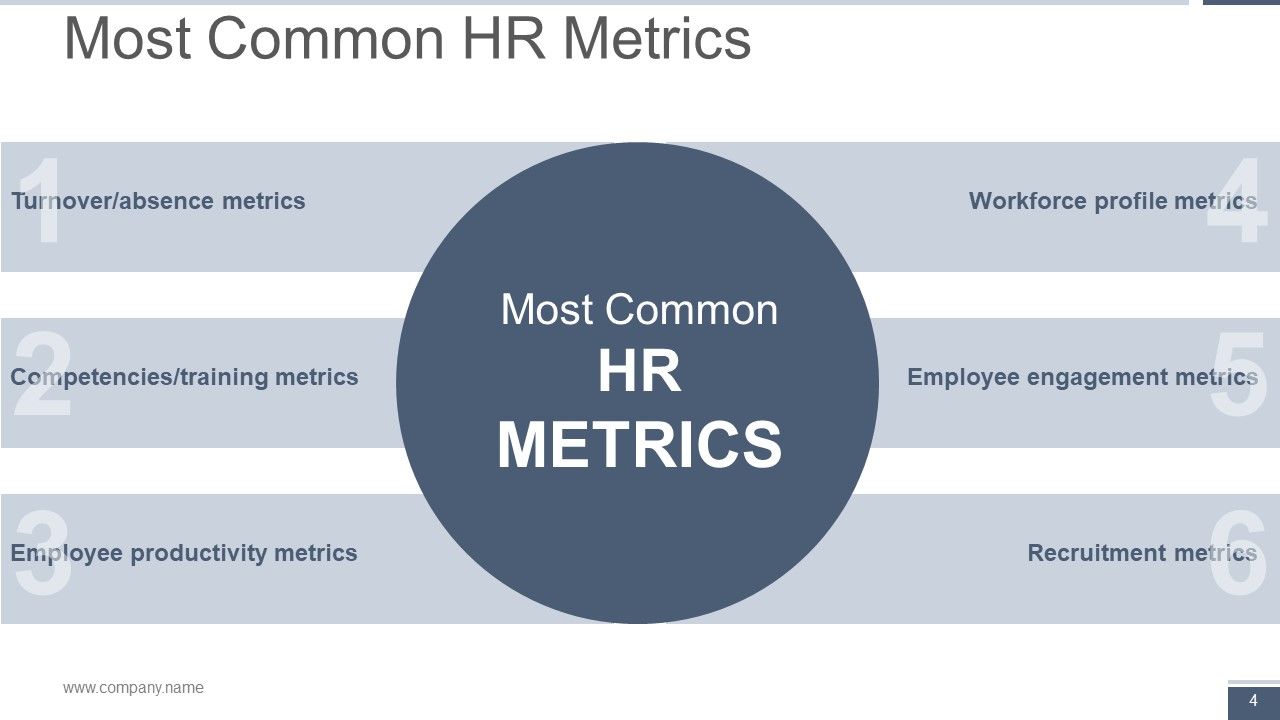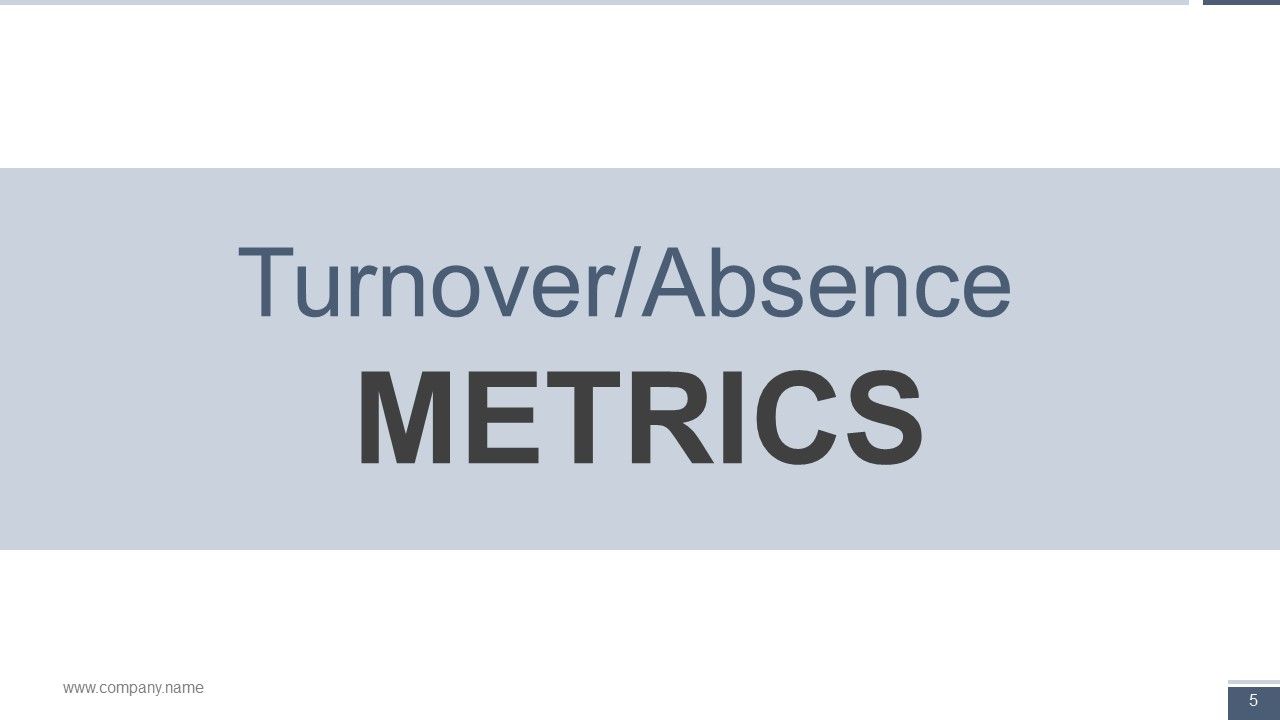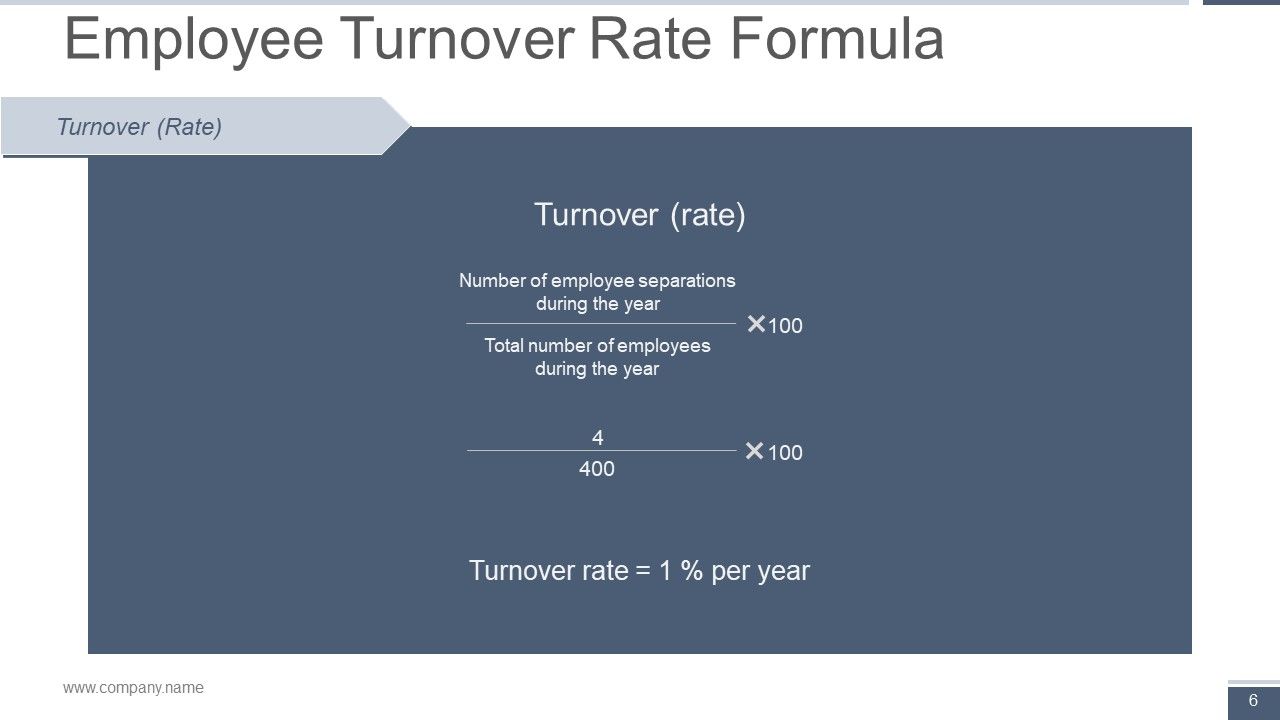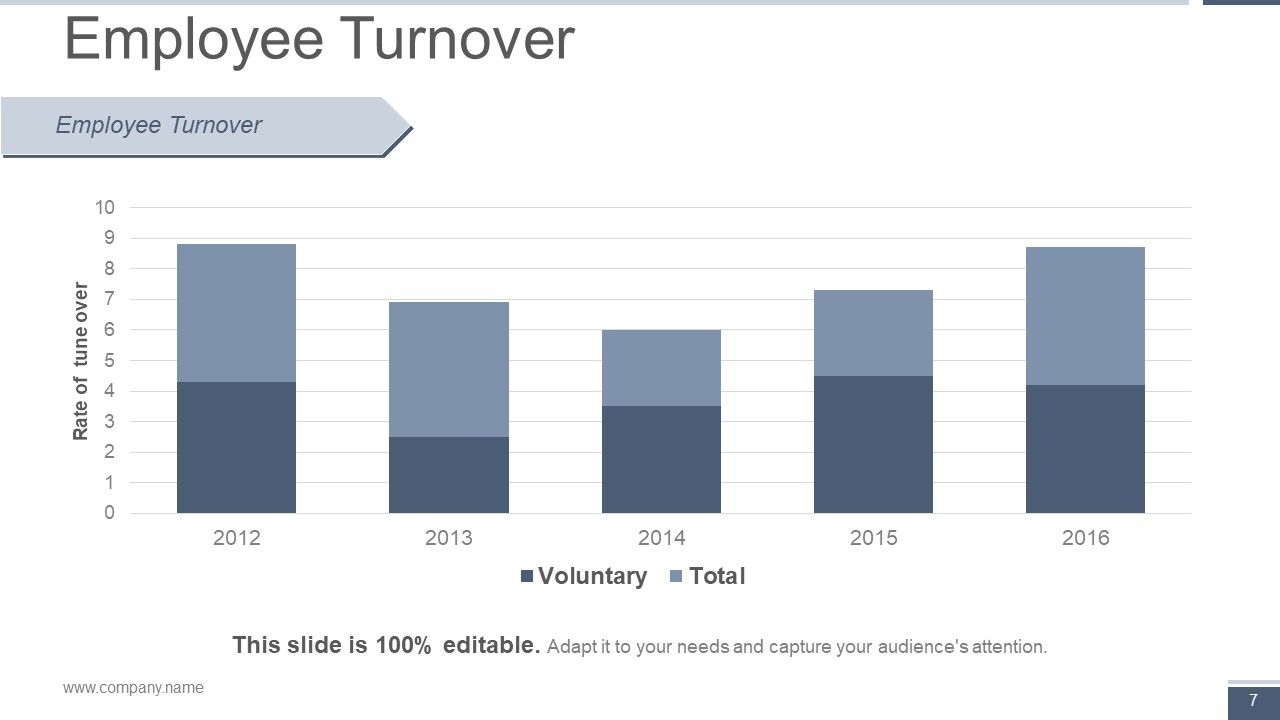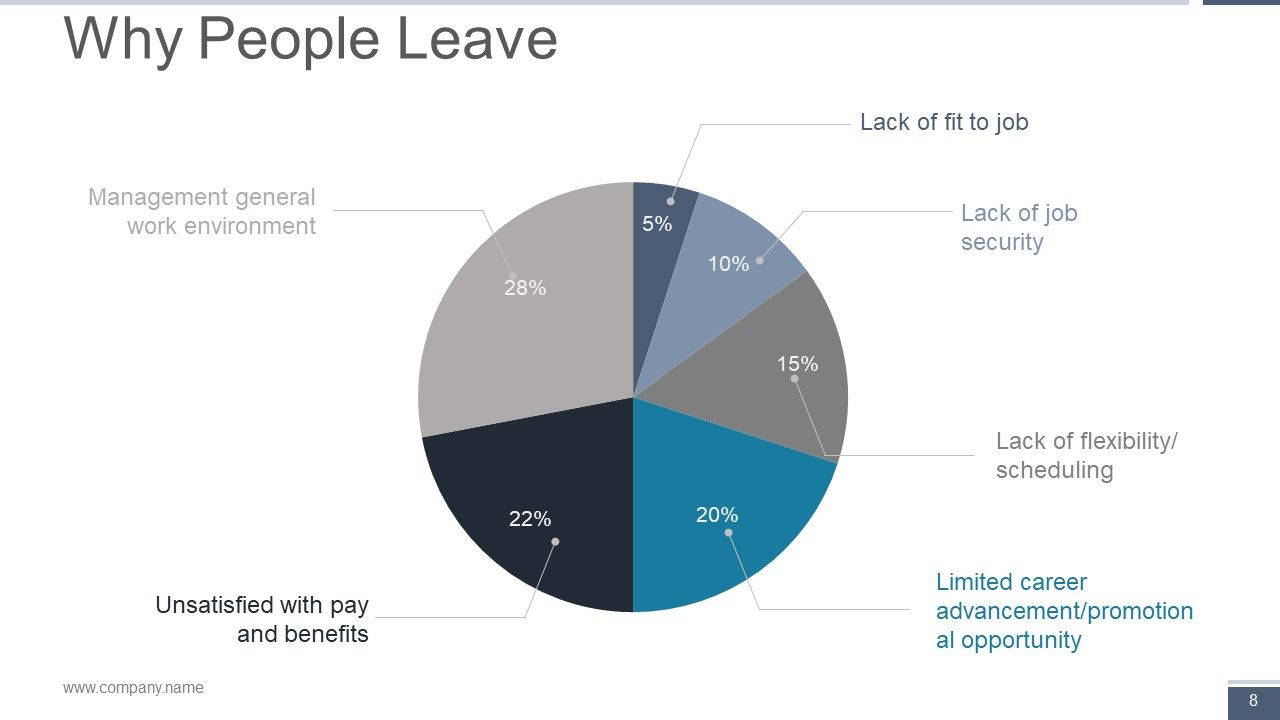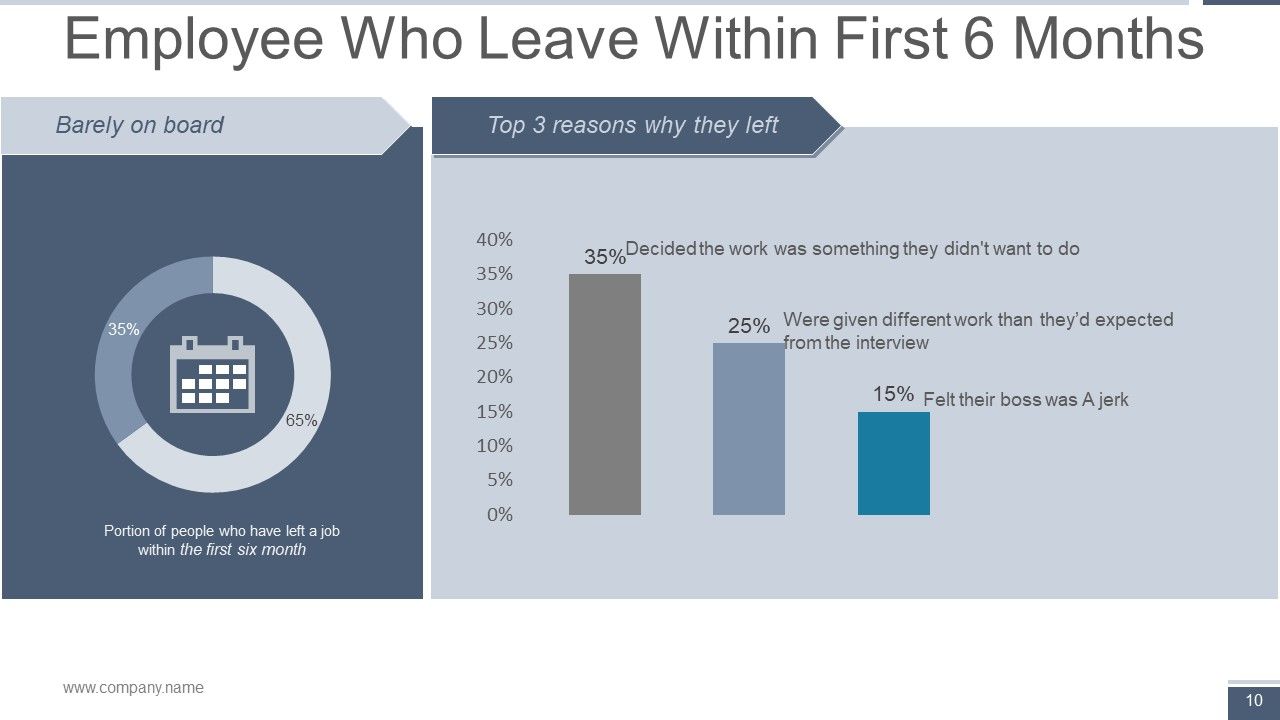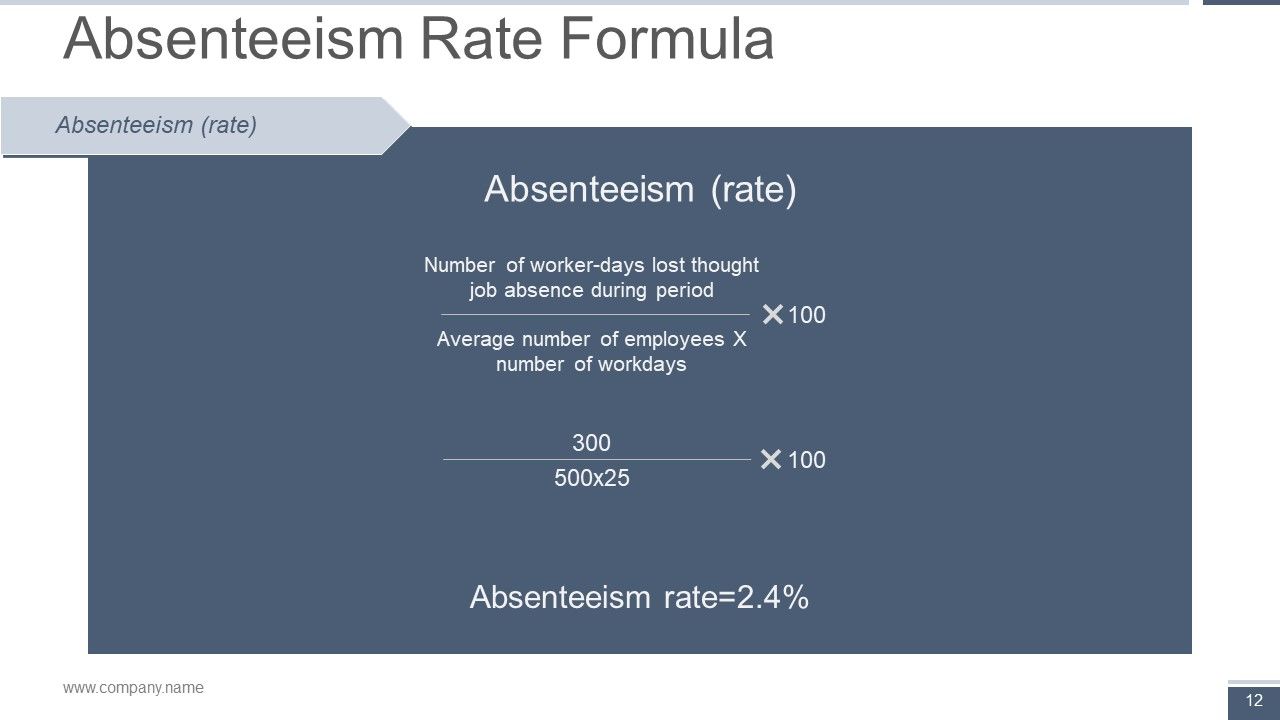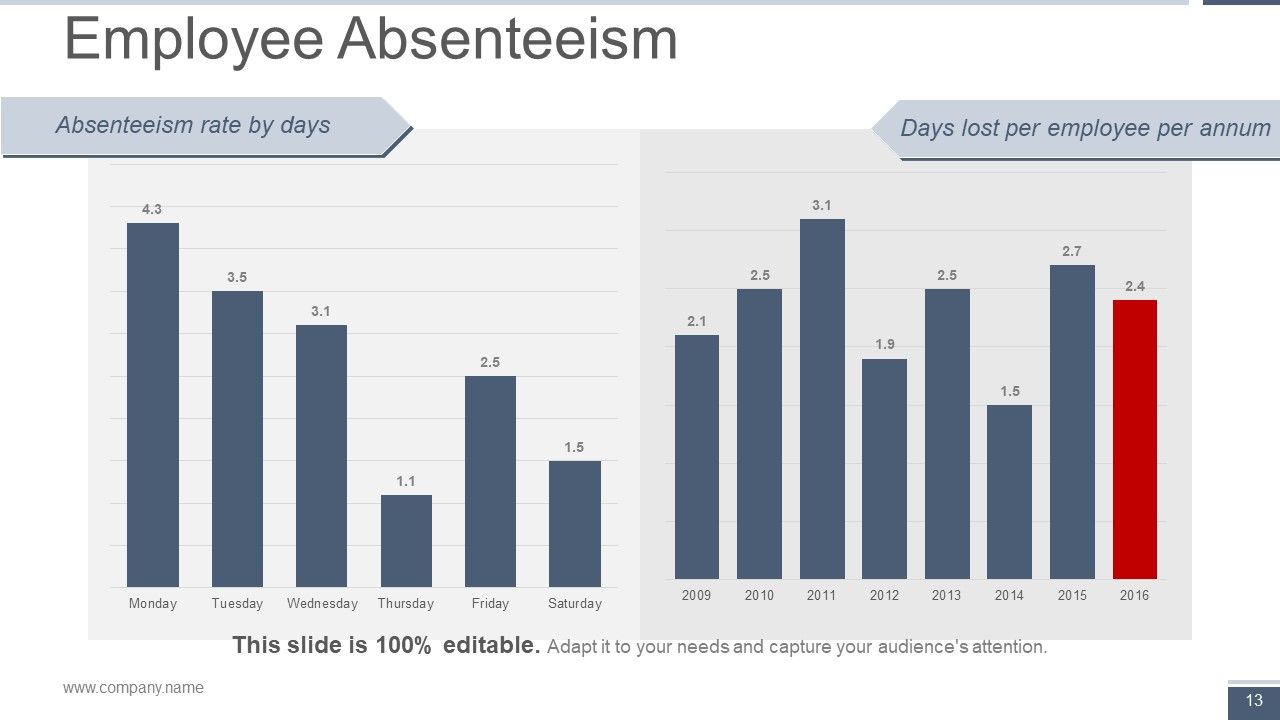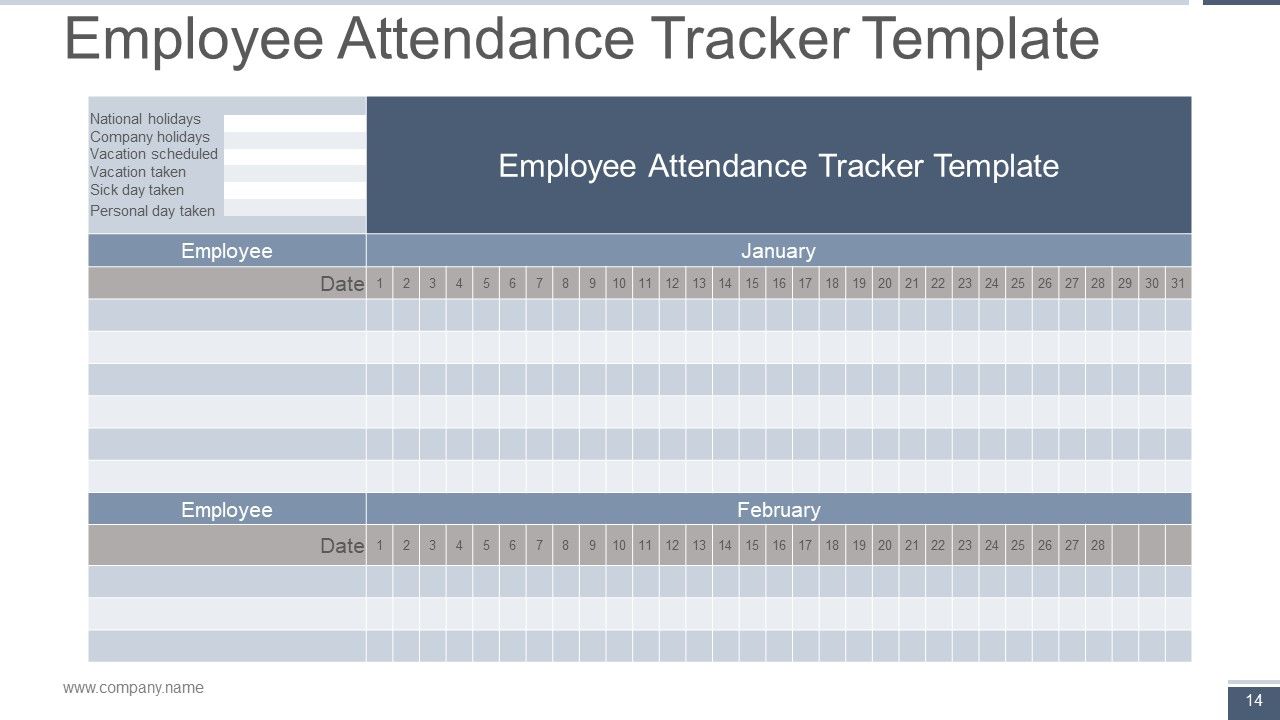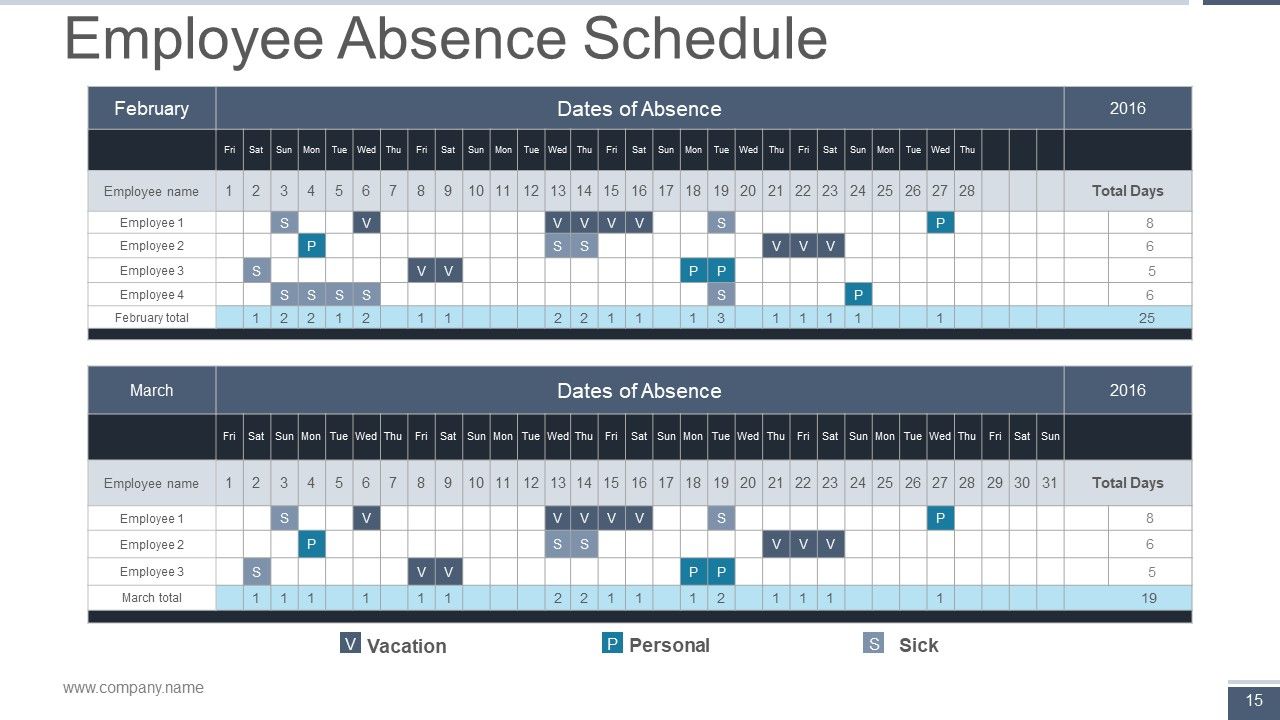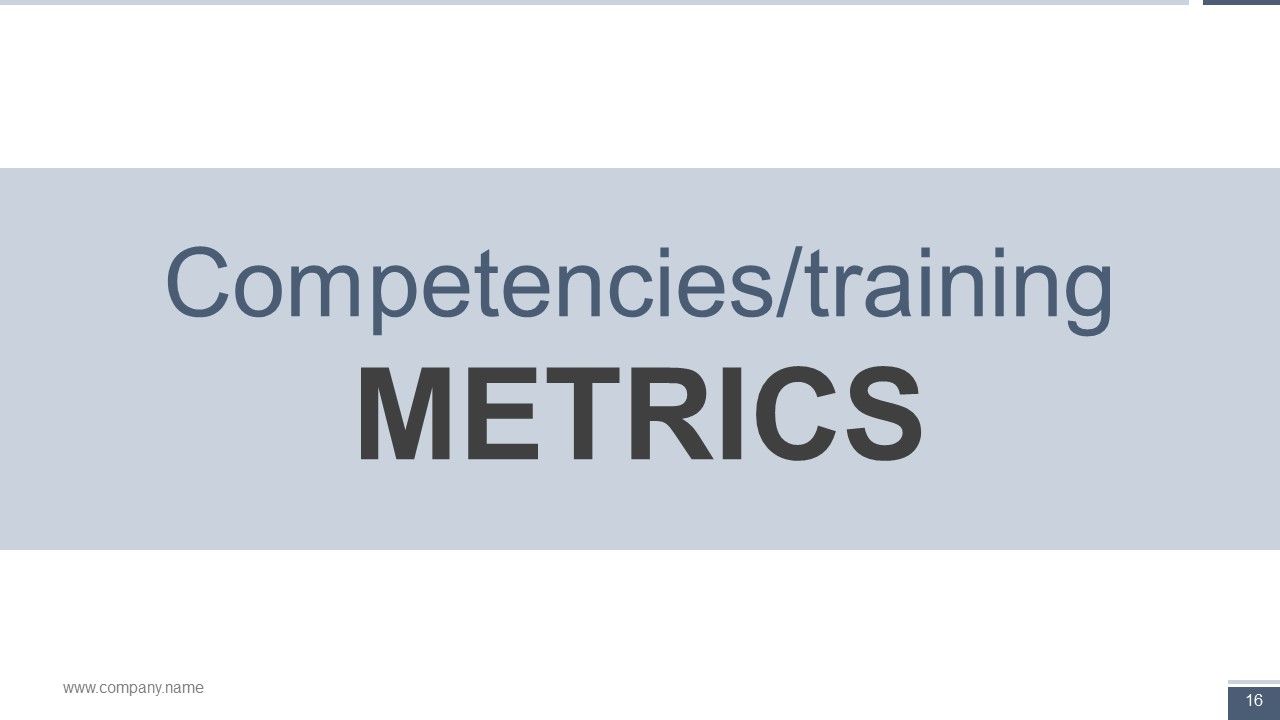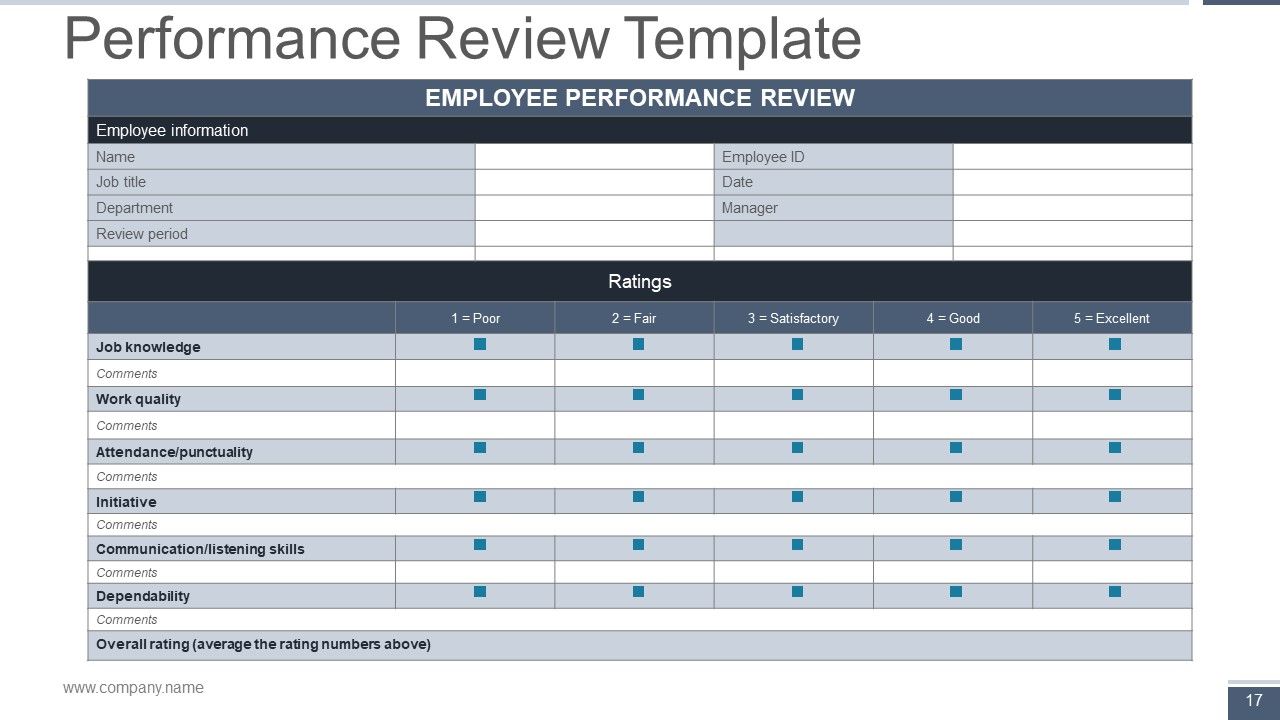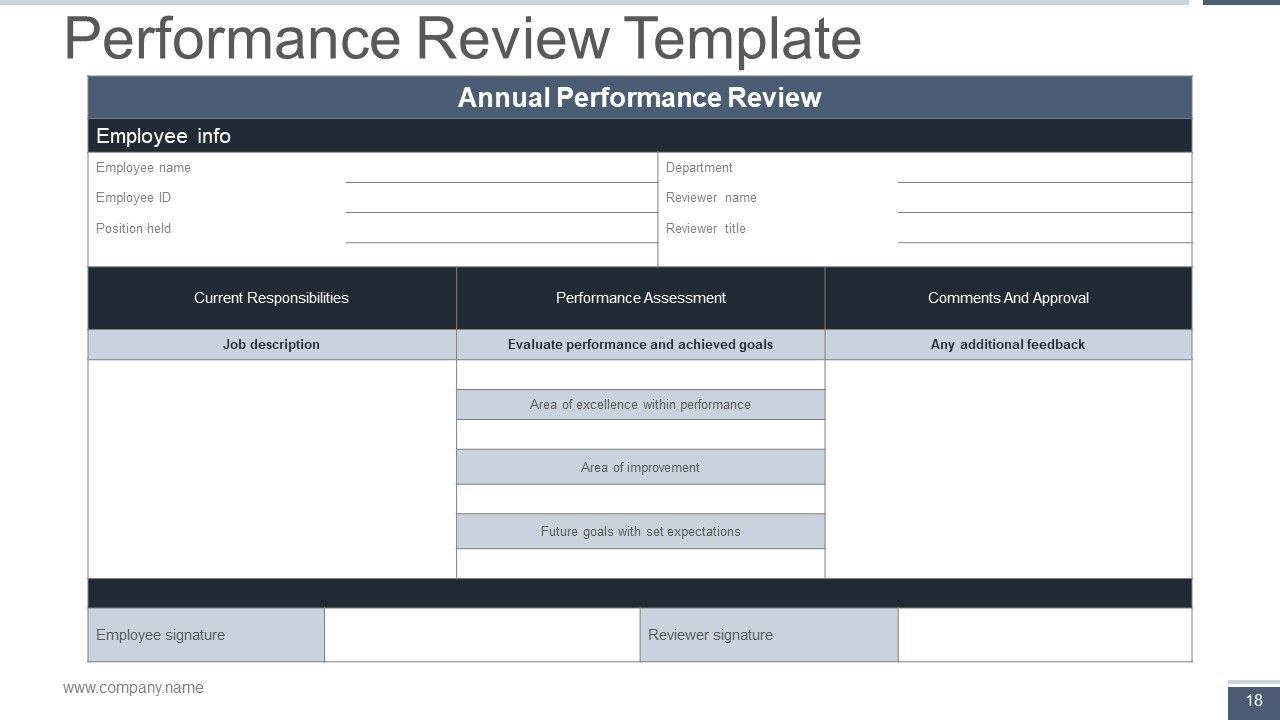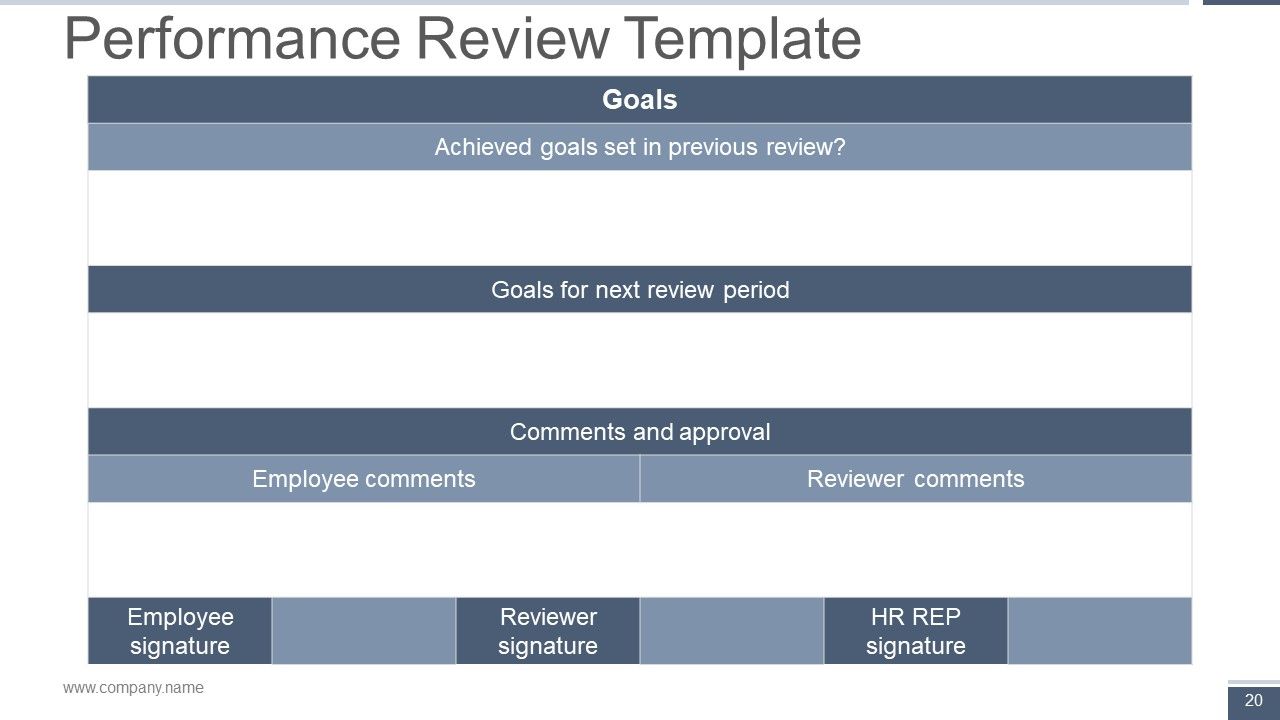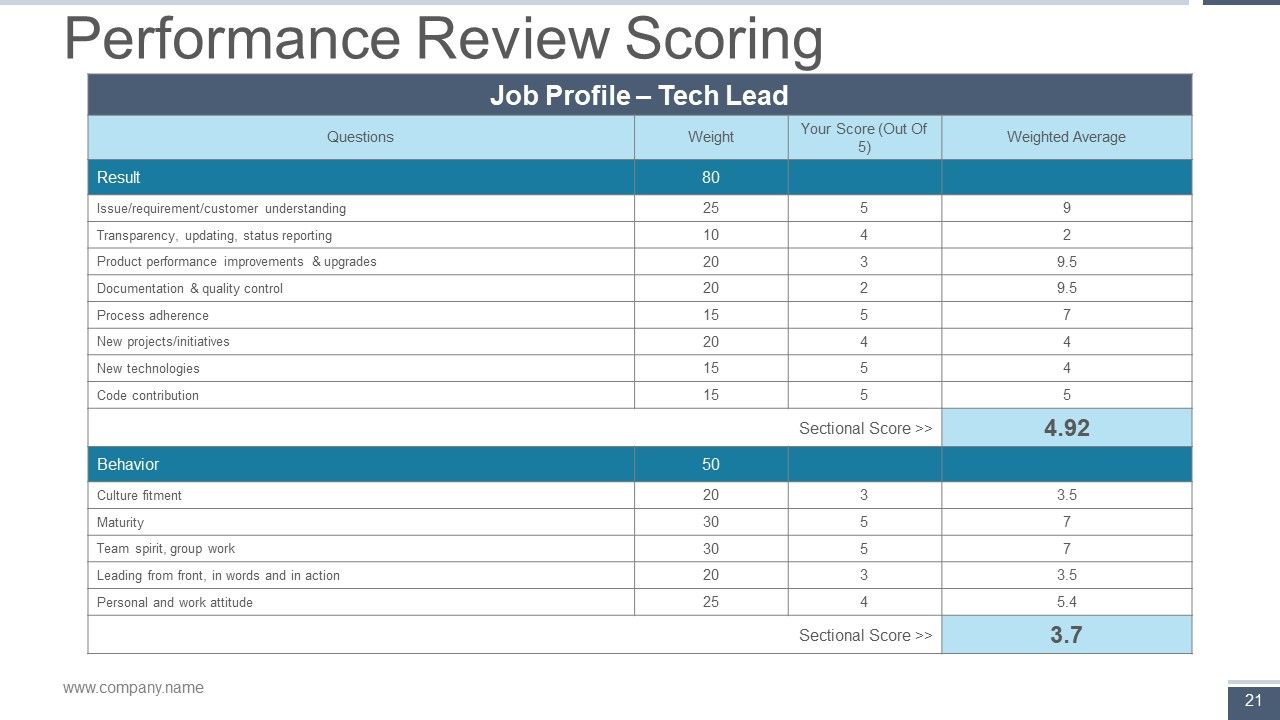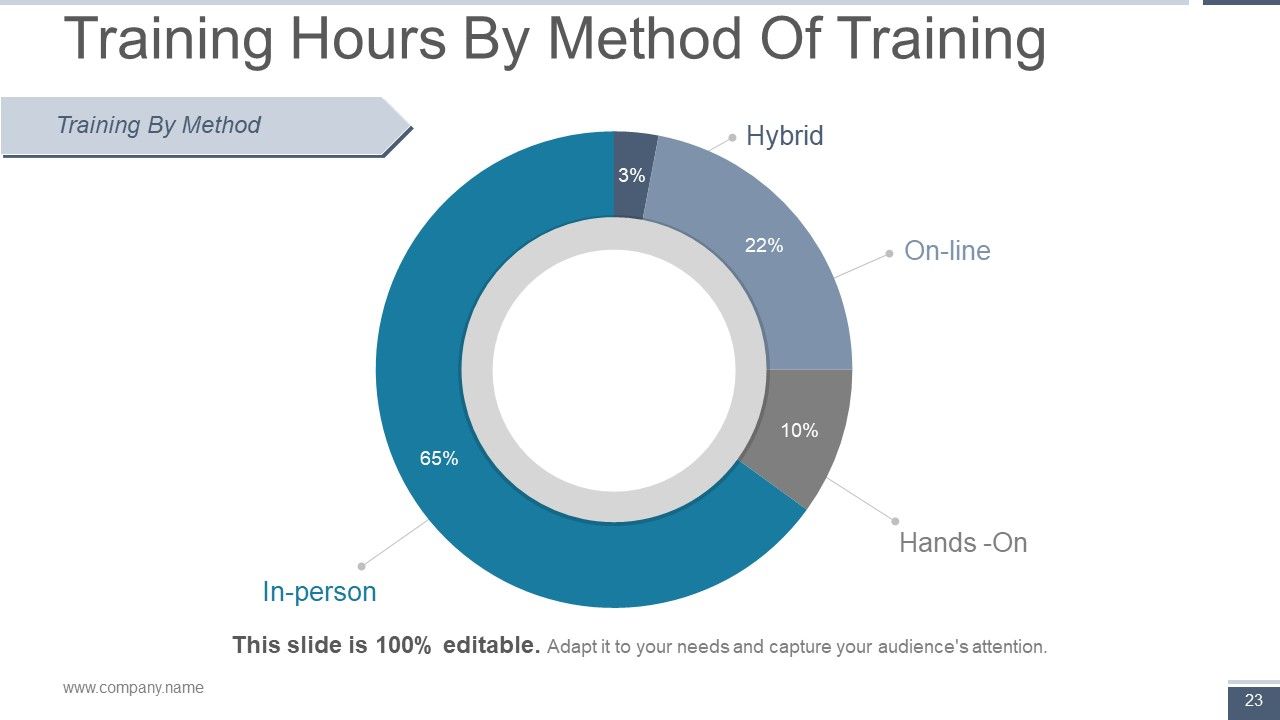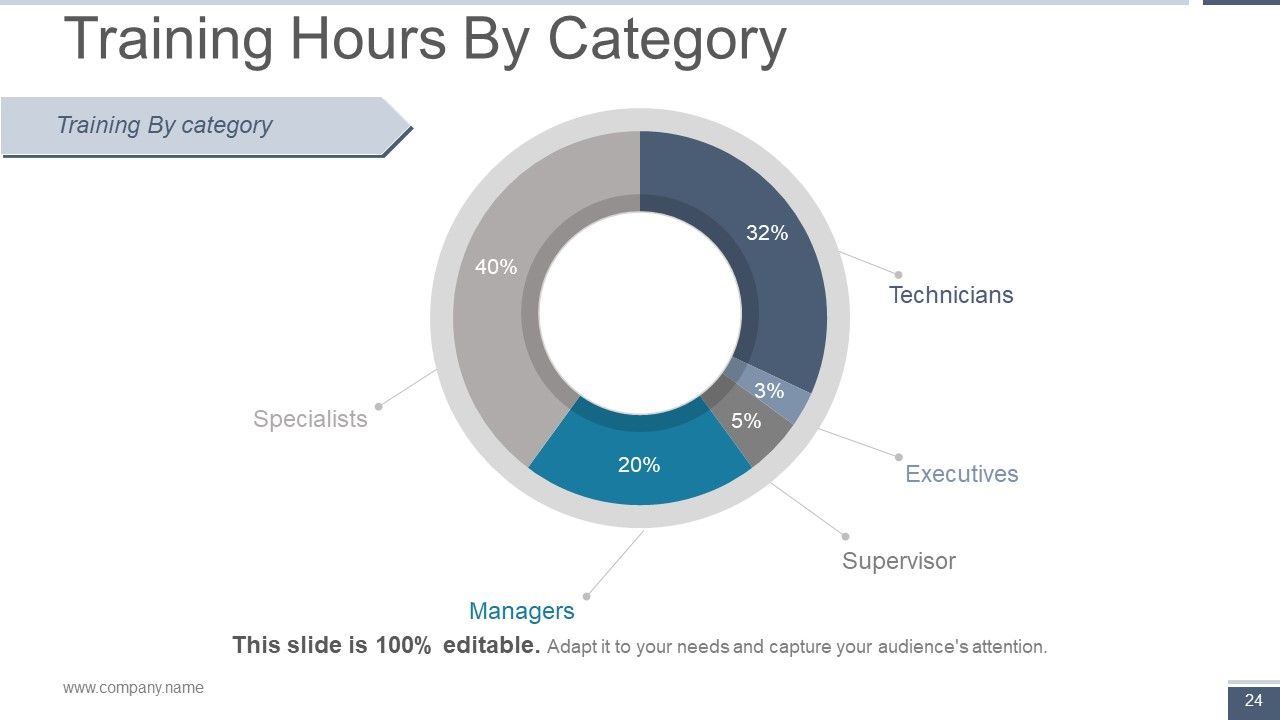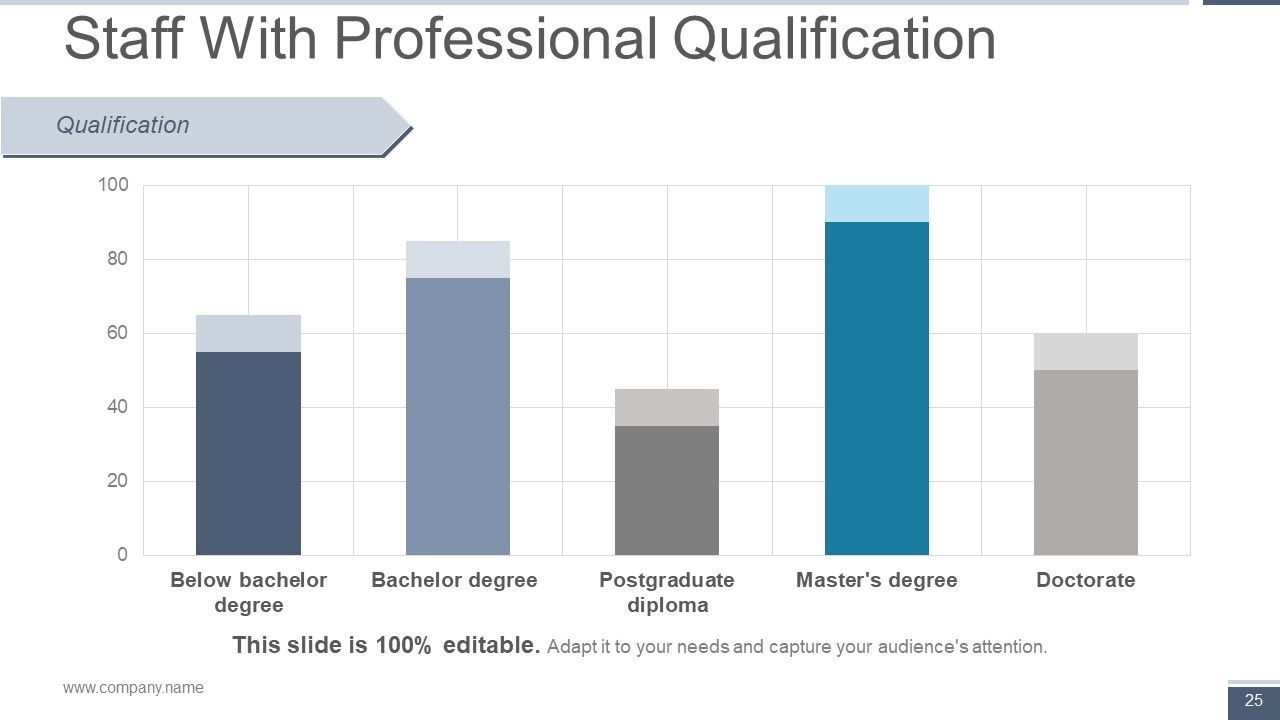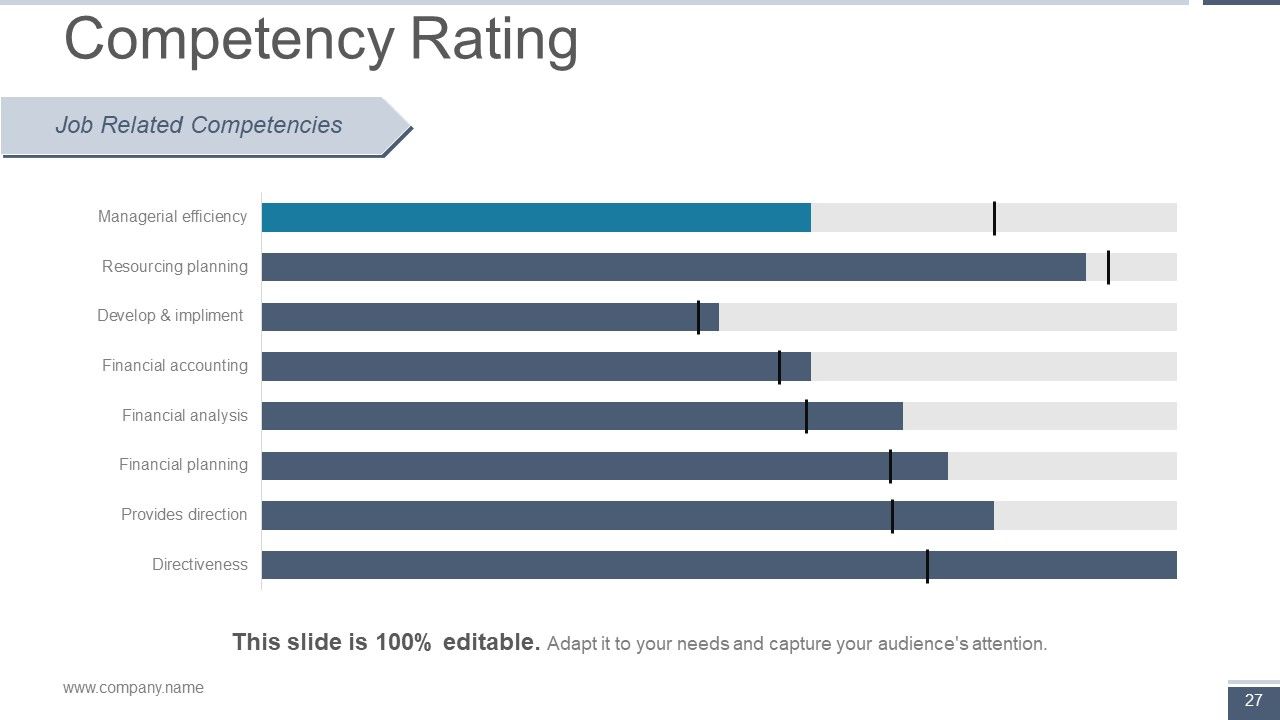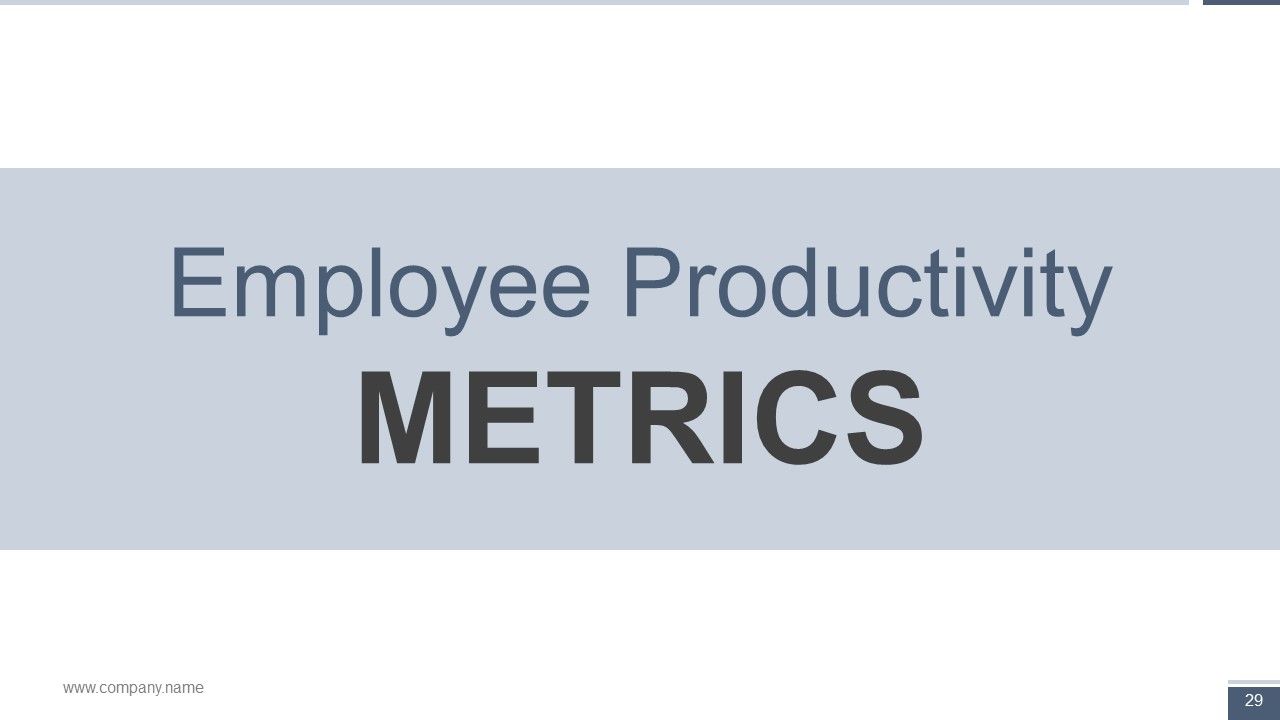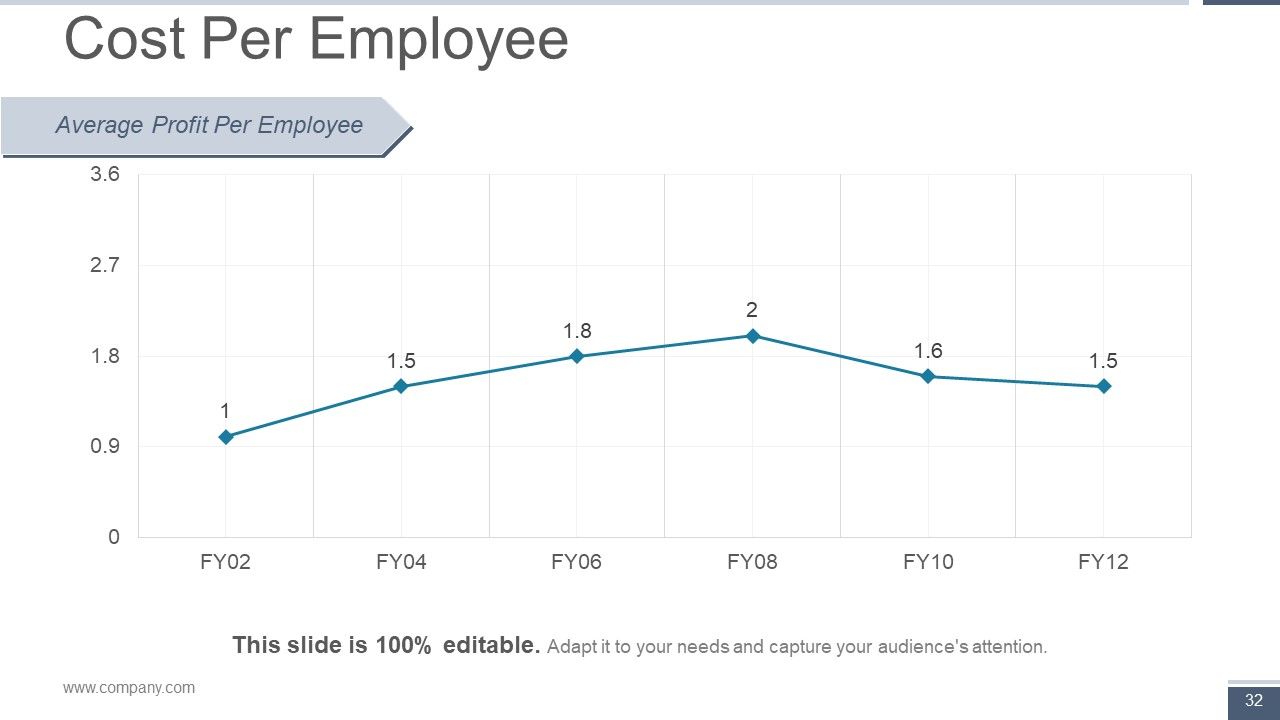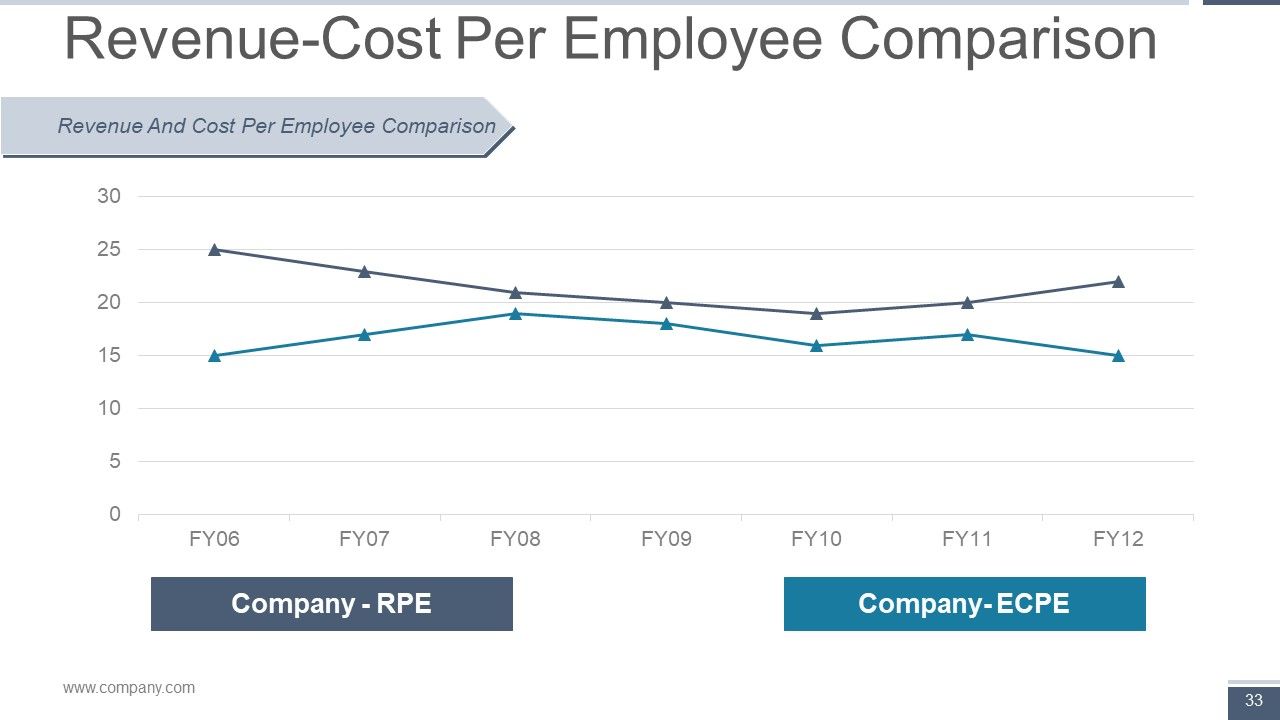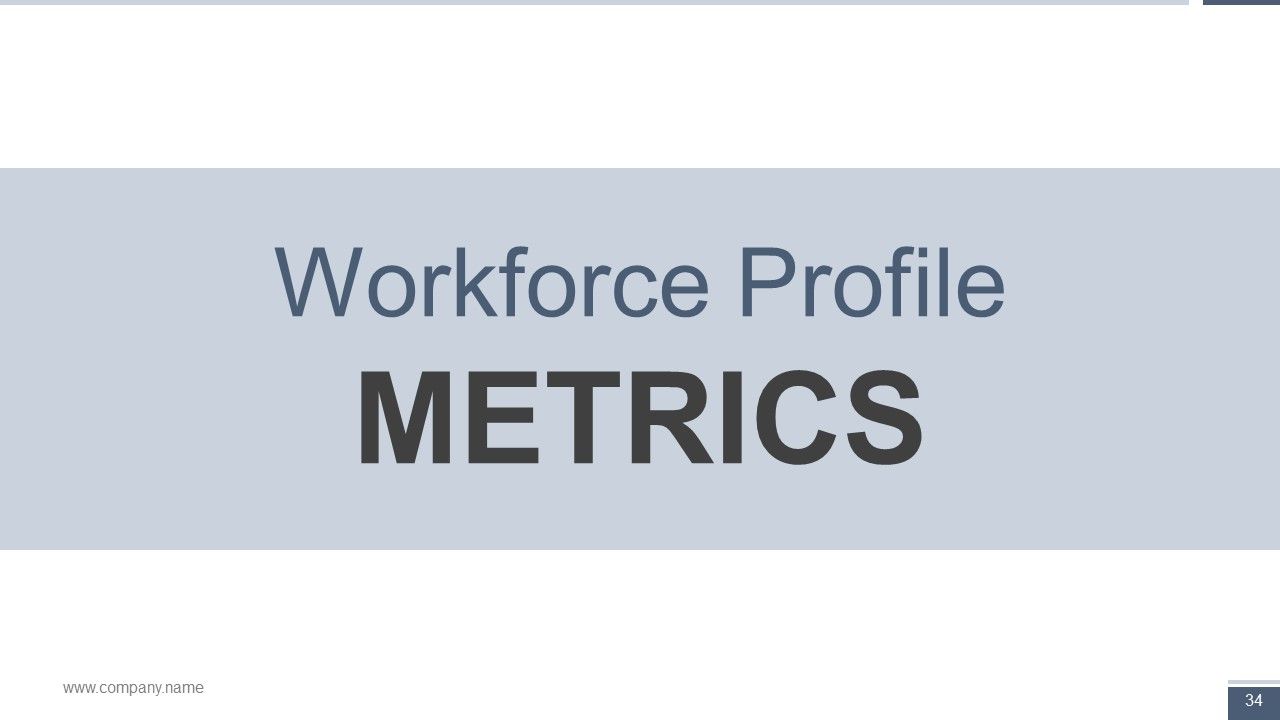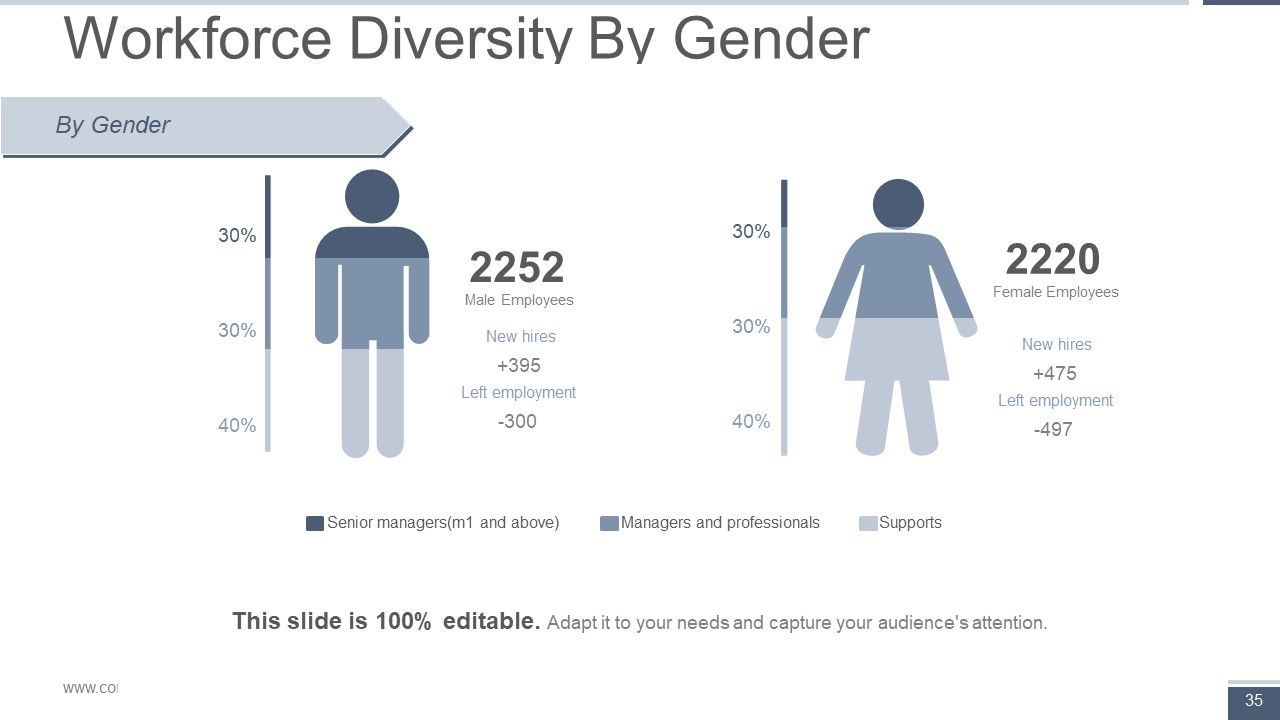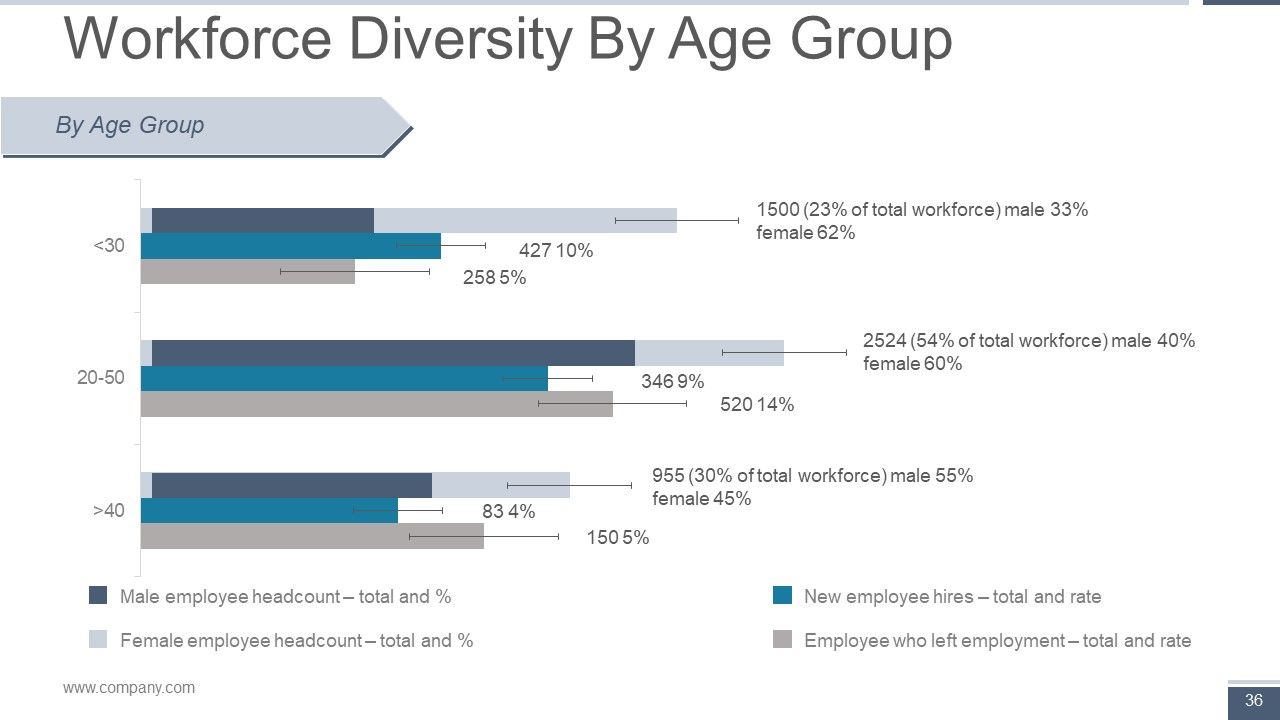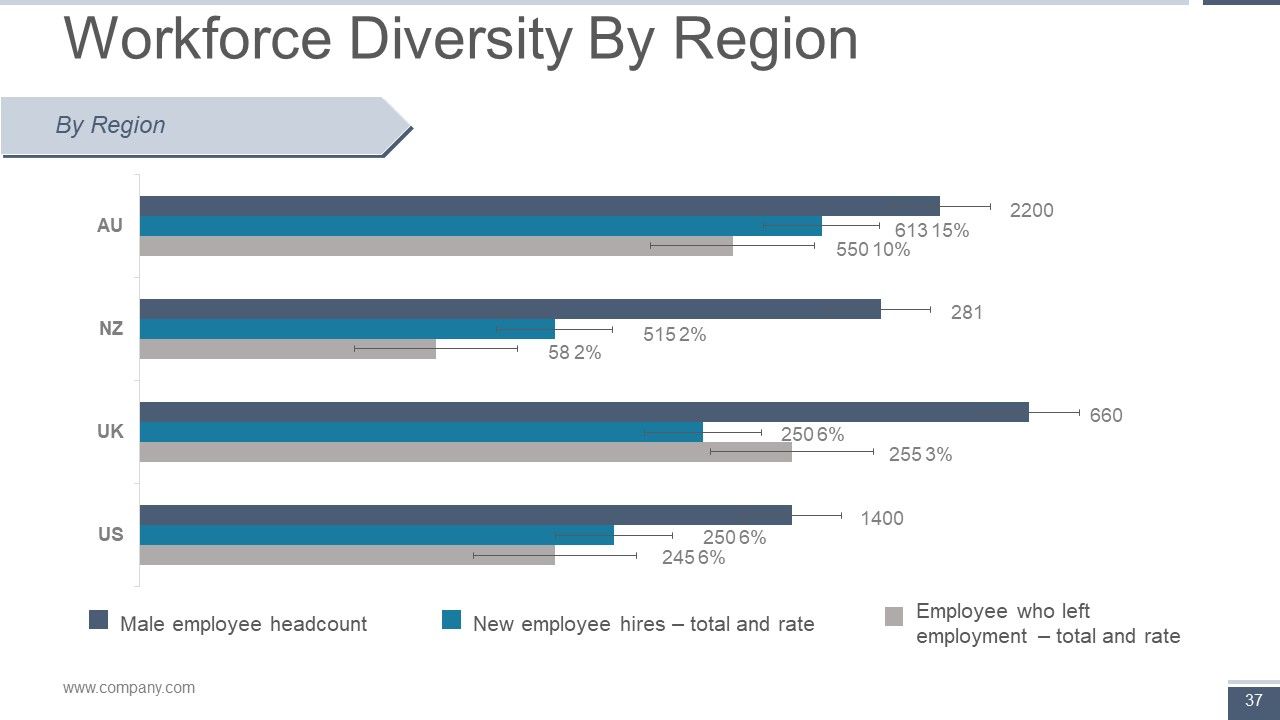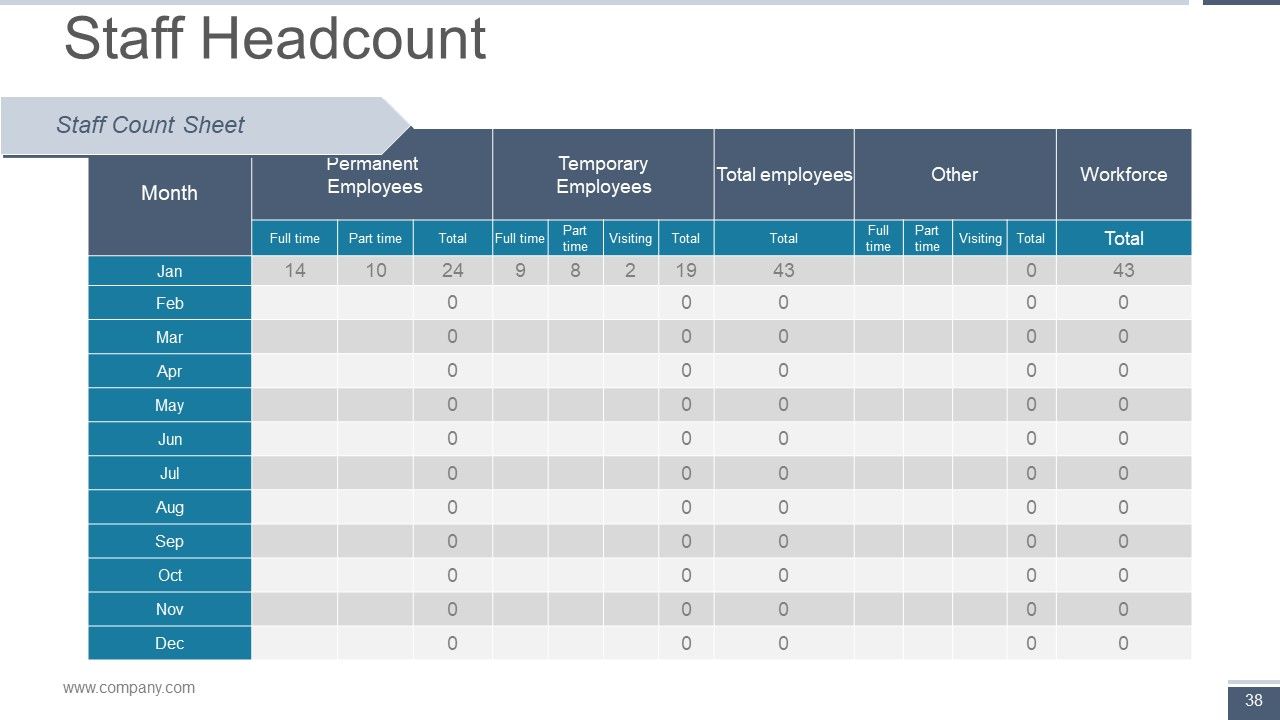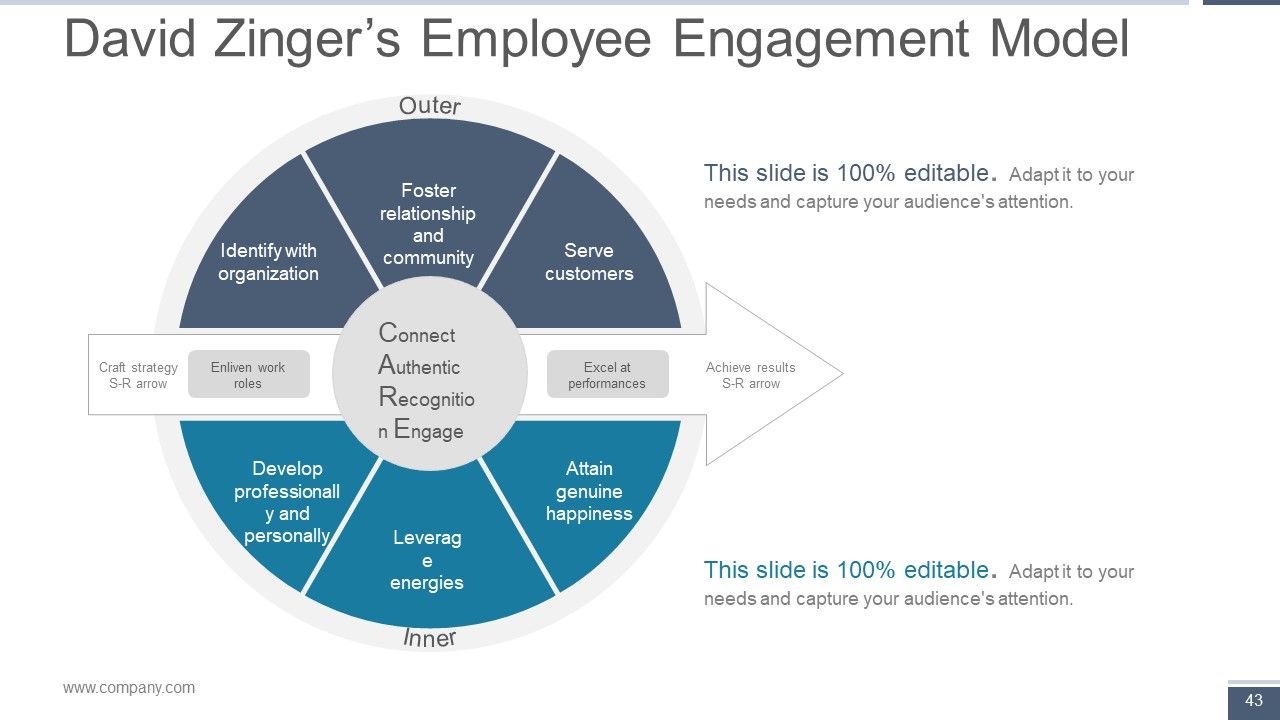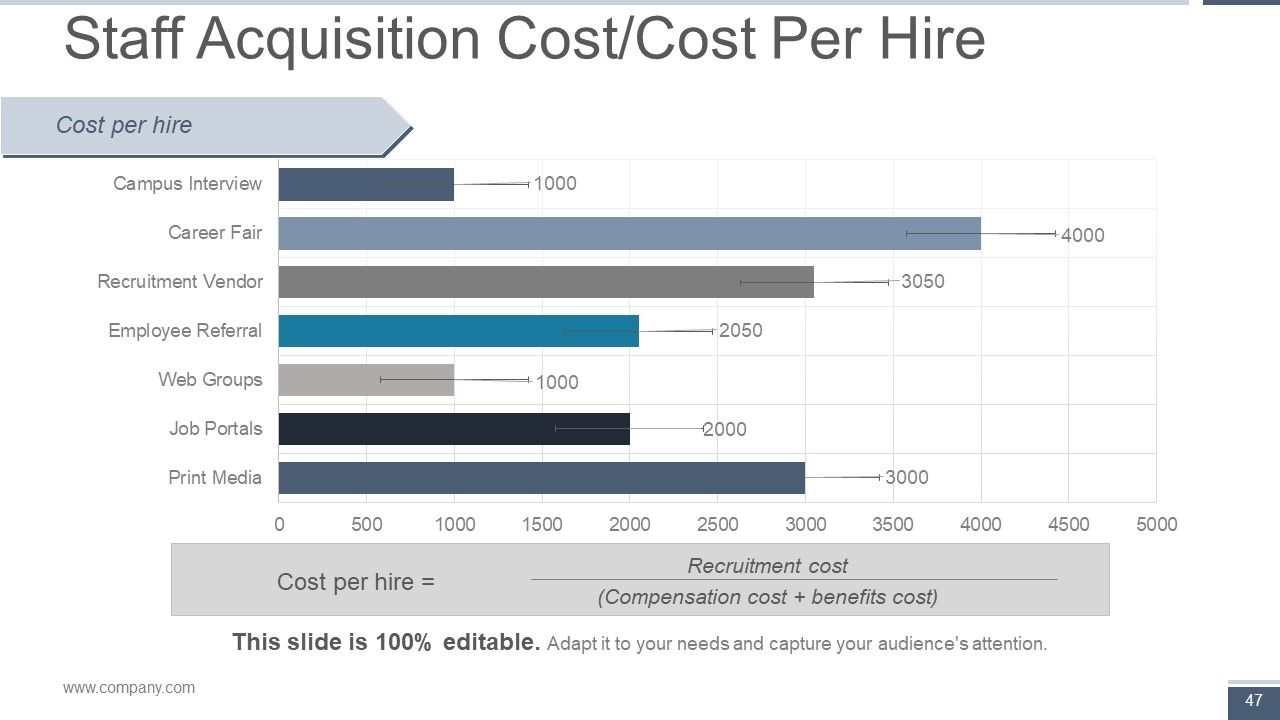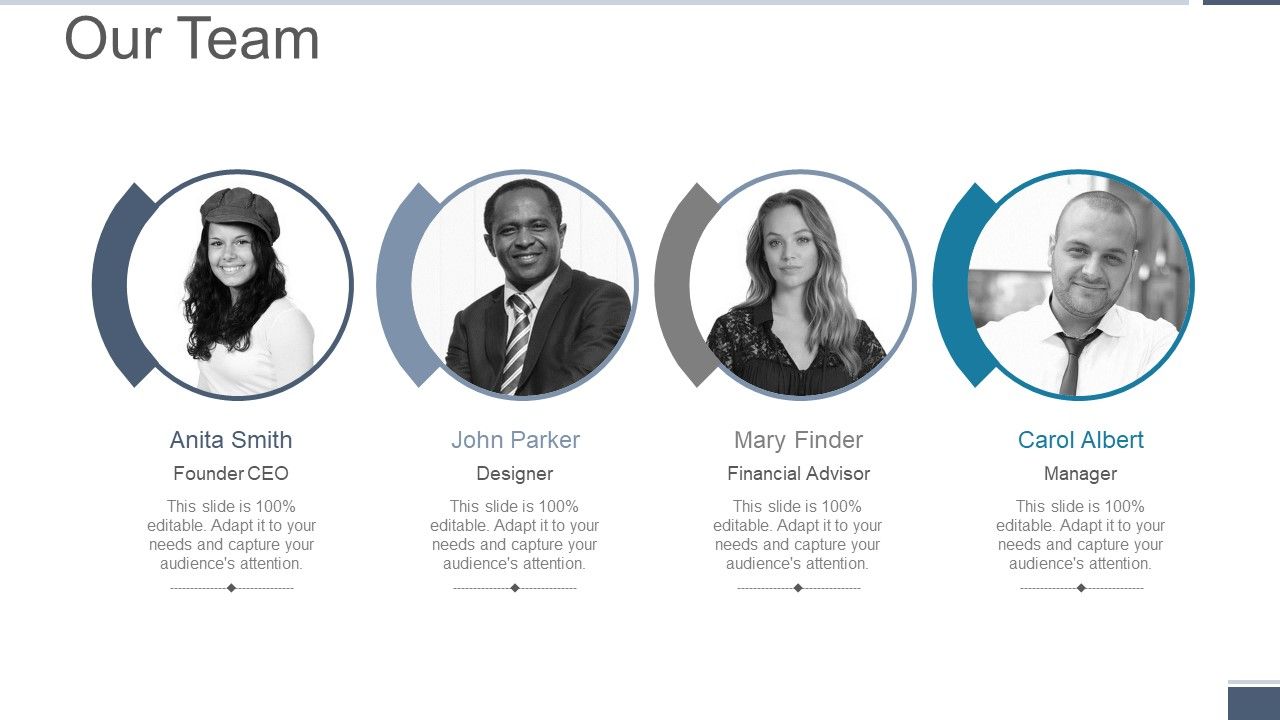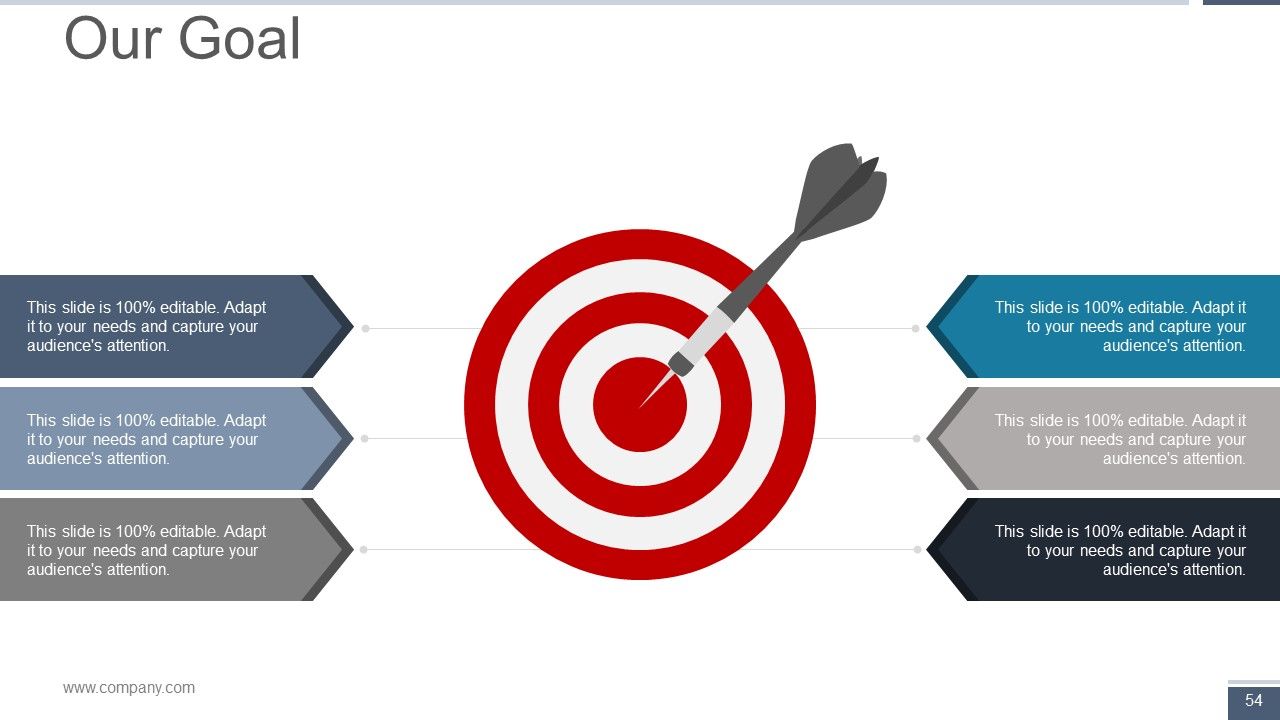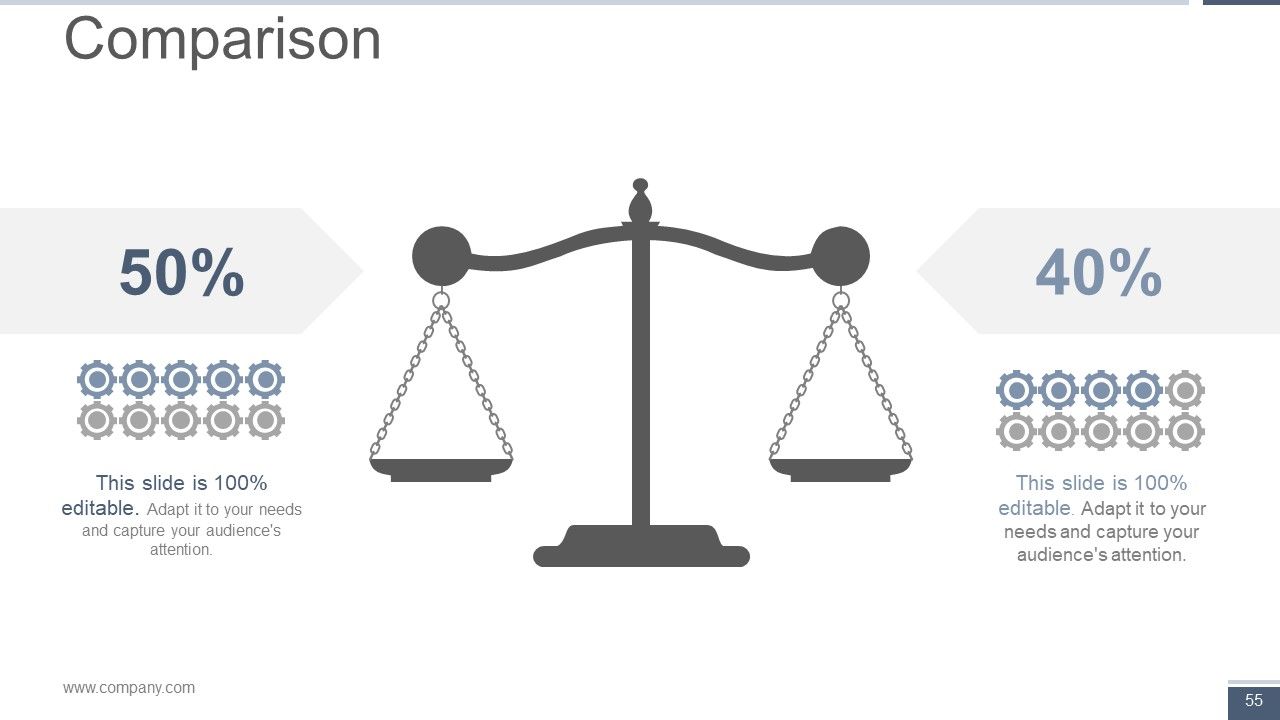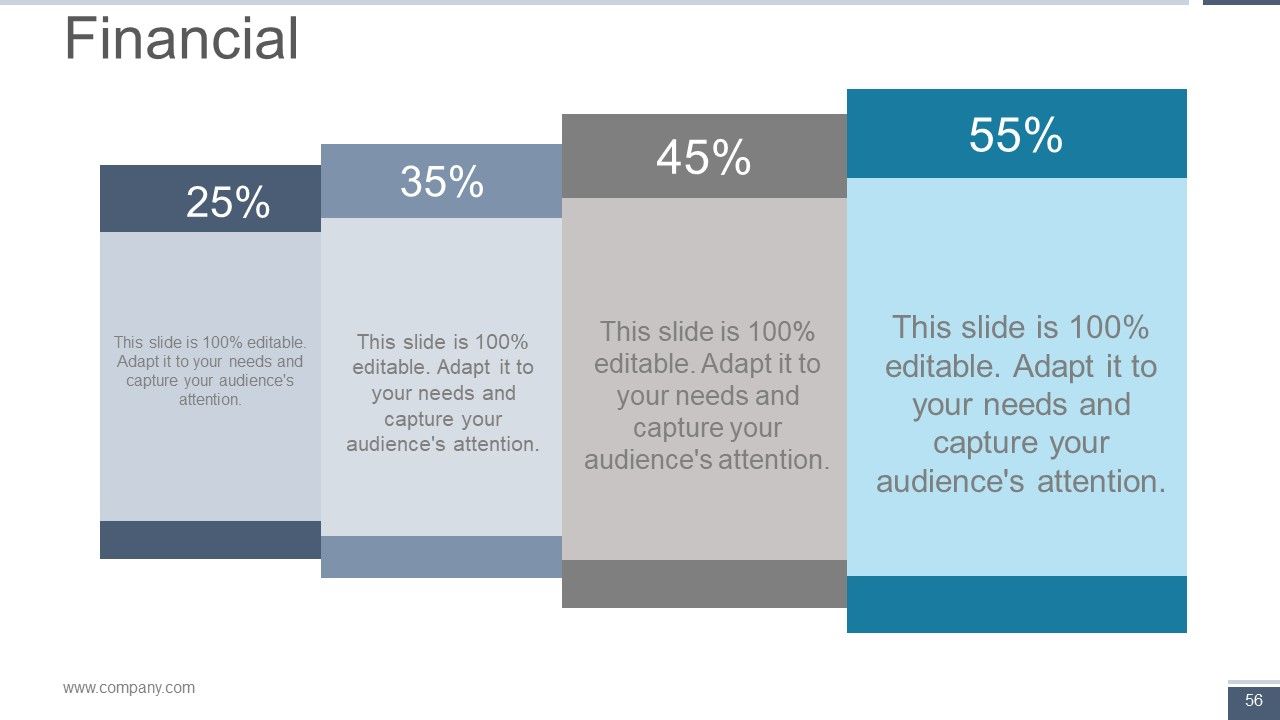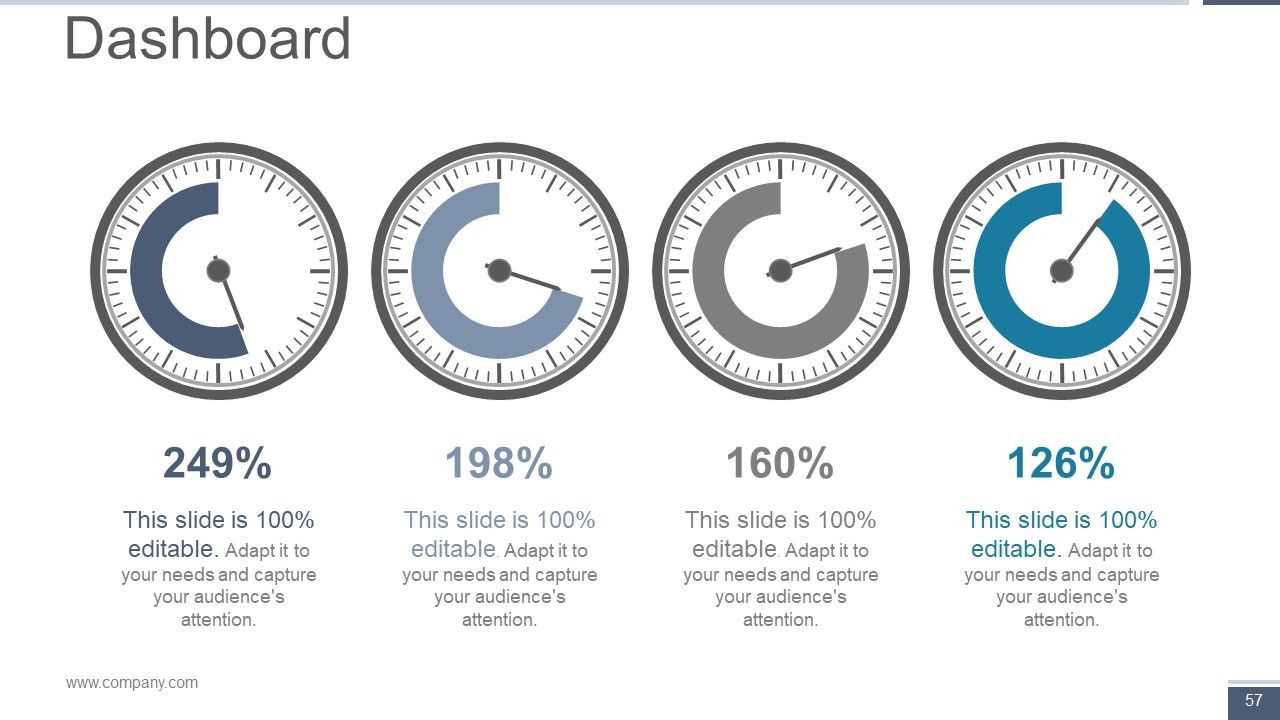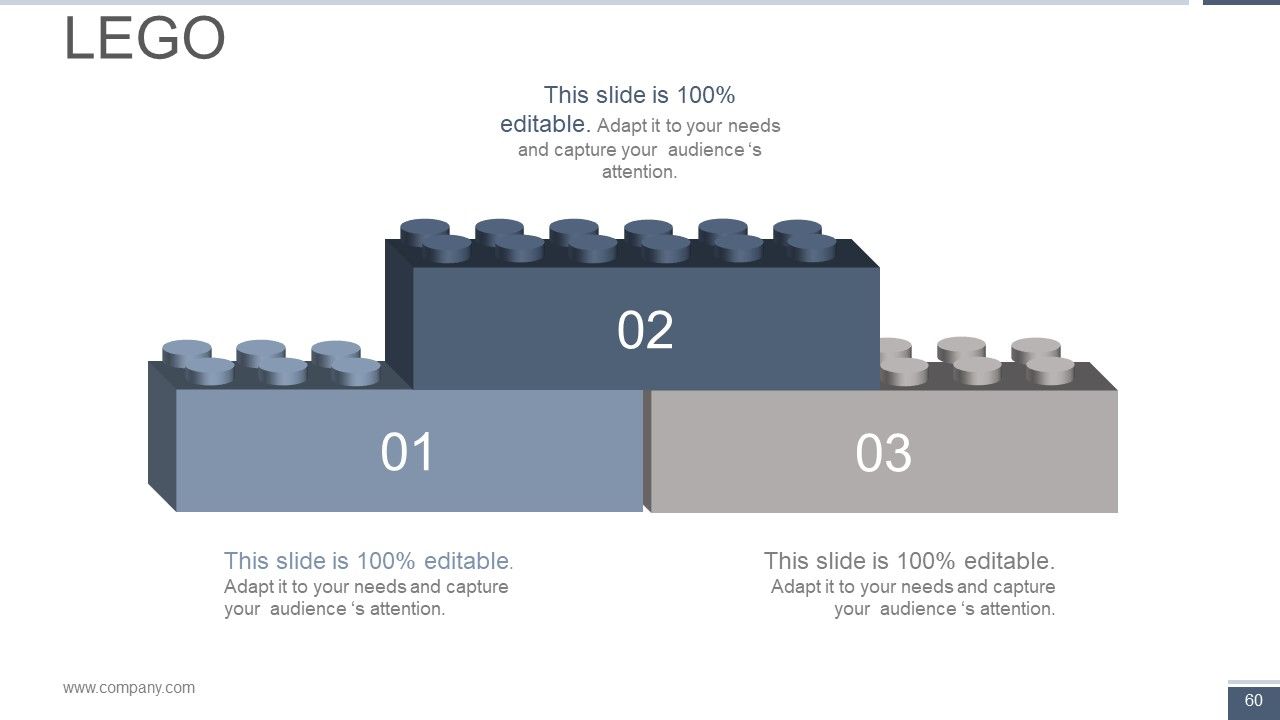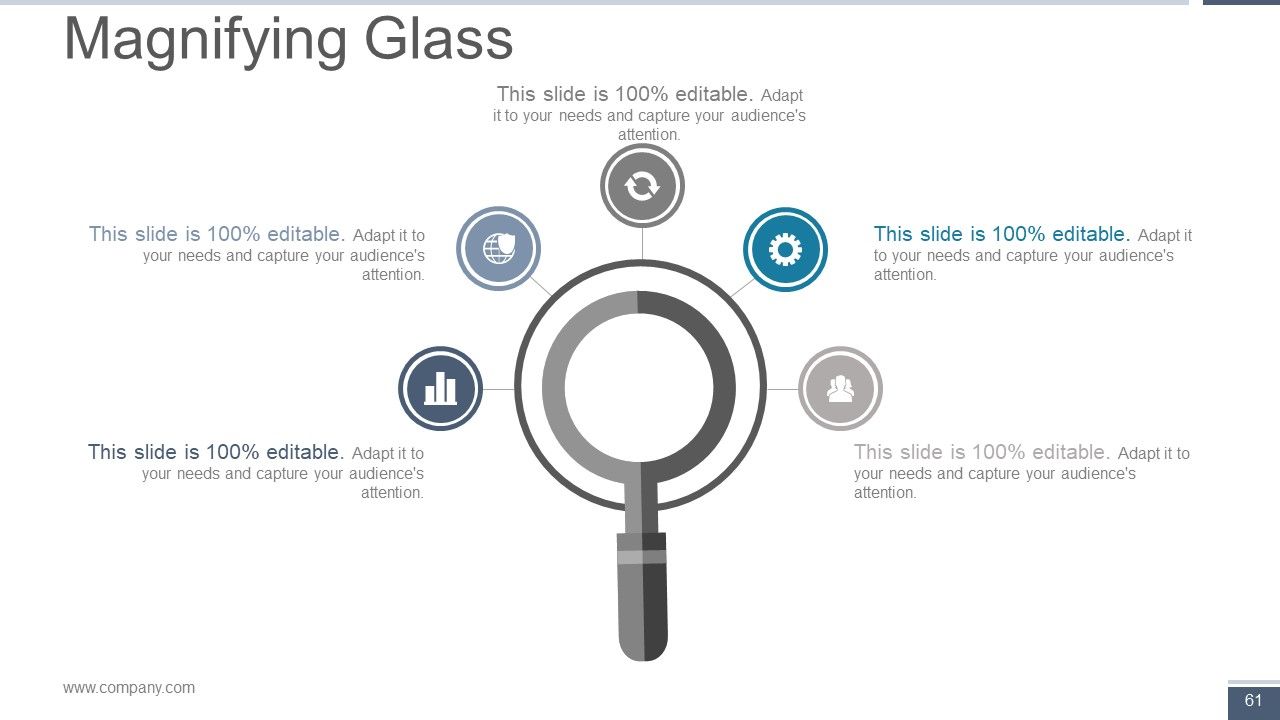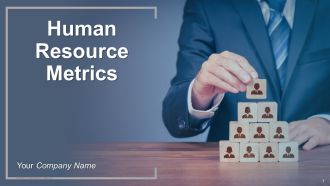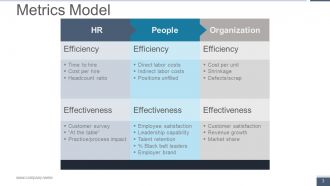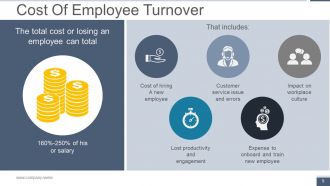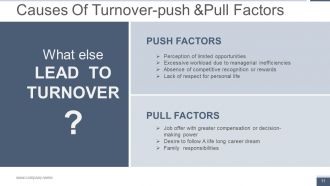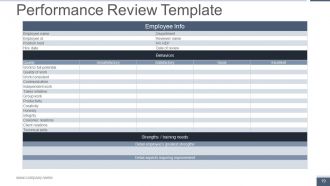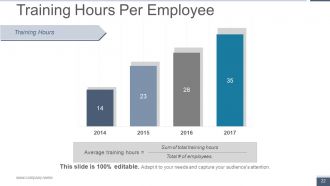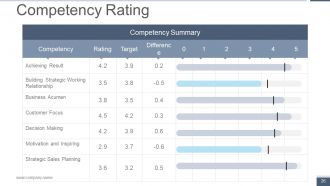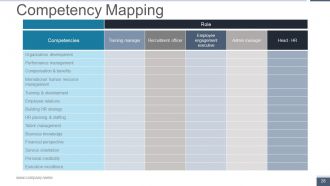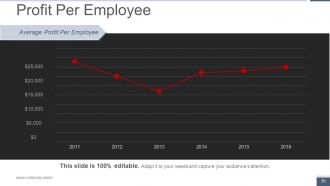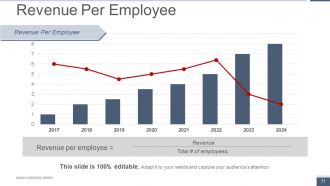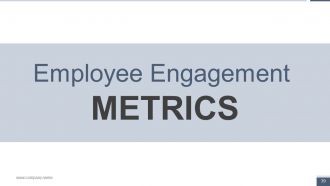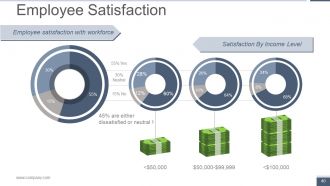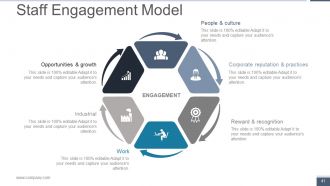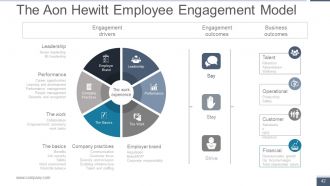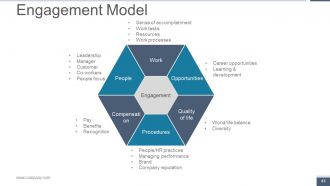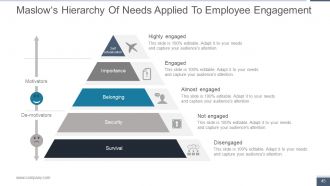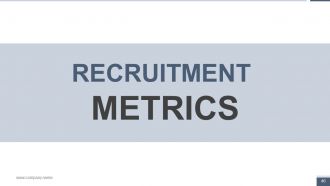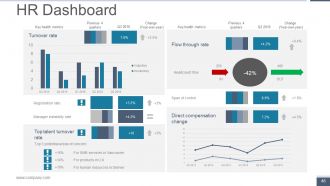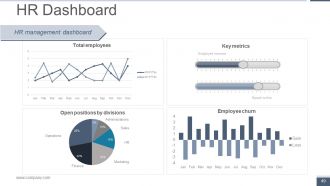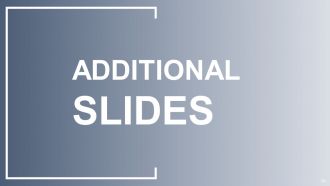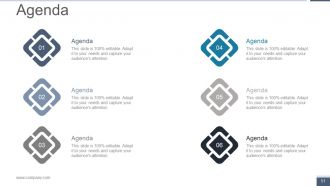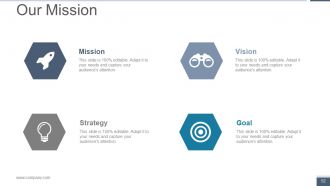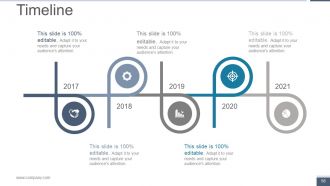Human Resource Metrics Powerpoint Presentation Slides
Help your company get empowered with the best human capital with the help of your analysis presented through these impactful Human Resource Metrics PowerPoint presentation slides. The slides cover all the Key Performance Indicators (KPIs) of a HR Metrics report like employee turnover, training, return on human capital, absenteeism, ratio of HR professionals to employees, ratio of business partners per employee, billable hours, costs of labor, returns and expenses per employee. The best KPIs should be able to reflect the human capital performance, such as financial outcomes, performance drivers, etc. The best way to design a good KPI is to communicate with the company business managers who know the jobs the best in their own divisions. You can compare the efficiency and effectiveness of the team through a dedicated slide provided. Quantifying the cost and the impact of talent management programs and HR processes, and measuring the success of HR initiatives can be done conveniently through the various slides provided. Your research based on theories such as Maslow’s hierarchy of needs can be displayed well in the pyramid diagram provided for it. Additional templates for details like agenda, mission, team, goal, finance, timeline, location, lego and magnifying glass have been provided. These slides can be used according to your presentation’s requirement. Set them up with our Human Resource Metrics Powerpoint Presentation Slides. Your team will take over from there.
- Google Slides is a new FREE Presentation software from Google.
- All our content is 100% compatible with Google Slides.
- Just download our designs, and upload them to Google Slides and they will work automatically.
- Amaze your audience with SlideTeam and Google Slides.
-
Want Changes to This PPT Slide? Check out our Presentation Design Services
- WideScreen Aspect ratio is becoming a very popular format. When you download this product, the downloaded ZIP will contain this product in both standard and widescreen format.
-

- Some older products that we have may only be in standard format, but they can easily be converted to widescreen.
- To do this, please open the SlideTeam product in Powerpoint, and go to
- Design ( On the top bar) -> Page Setup -> and select "On-screen Show (16:9)” in the drop down for "Slides Sized for".
- The slide or theme will change to widescreen, and all graphics will adjust automatically. You can similarly convert our content to any other desired screen aspect ratio.
Compatible With Google Slides

Get This In WideScreen
You must be logged in to download this presentation.
PowerPoint presentation slides
Presenting this deck of Human Resource Metrics PowerPoint presentation slides designed by our team of expert designers. The PPT templates are available in both formats – standard screen size (4:3 ratio) as well as widescreen size (16:9 ratio). Also, the slides are well suited for use in Google slides. All the graphics are 100% editable in PowerPoint. You can change color, size and orientation of all the elements. Also, add or remove any piece of text anywhere, according to your requirement. Changes in the font color, font style, font size can be made conveniently. The icons can be replaced with those of your choice. So, download this slide at the convenience of a click!
People who downloaded this PowerPoint presentation also viewed the following :
Video for Human Resource Metrics Powerpoint Presentation Slides
Content of this Powerpoint Presentation
Slide 1: This slide introduces Human Resource Metrics. State Your Company Name and get started.
Slide 2: This slide presents The Role of HR as Future/ strategic focus being- Strategic partner: Strategic HR planning, HR as business partner, Culture and image. Change agent: Staffing, Organizational design, Survey action planning, Performance measurement, Training and development. Administrative expert: Compensation, Benefits, HR information systems, Compliance. Employee relations expert: Employee relations Labor relations, Safety & workers’ compensation, Diversity and EEO, Processes, People, Day to day operational focus.
Slide 3: This slide presents Metrics Model divided into- HR, People, and Organization.
Slide 4: This slide presents Most Common HR METRICS such as- Turnover/absence metrics, Competencies/training metrics, Employee productivity metrics, Workforce profile metrics, Employee engagement metrics, Recruitment metrics.
Slide 5: This slide is titled Turnover/Absence METRICS to present.
Slide 6: This slide showcases Employee Turnover Rate Formula.
Slide 7: This is an Employee Turnover slide in graph form.
Slide 8: This slide showcases Why People Leave listed into- Lack of job security, Lack of fit to job, Unsatisfied with pay and benefits, Management general work environment, Limited career advancement/promotional opportunity, Lack of flexibility/ scheduling.
Slide 9: This slide presents Cost Of Employee Turnover. The total cost or losing an employee can total- Cost of hiring A new employee, Impact on workplace culture, Customer service issue and errors, Lost productivity and engagement, Expense to onboard and train new employee.
Slide 10: This slide presets Employee Who Leave Within First 6 Months showcasing- Barely on board, Top 3 reasons why they left.
Slide 11: This slide shows Causes Of Turnover-push &Pull Factors.
Slide 12: This slide presents Absenteeism Rate Formula to calculate the rate of absenteeism.
Slide 13: This slide showcases Employee Absenteeism in graph form displaying- Absenteeism rate by days, Days lost per employee per annum.
Slide 14: This is an Employee Attendance Tracker Template slide.
Slide 15: This slide showcases Employee Absence Schedule.
Slide 16: This slide is titled Competencies/training METRICS.
Slide 17: This slide showcases a Performance Review Template.
Slide 18: This slide also showcases a Performance Review Template.
Slide 19: This slide also presents a Performance Review Template.
Slide 20: This slide too presents a Performance Review Template.
Slide 21: This slide showcases Performance Review Scoring.
Slide 22: This slide presents Training Hours Per Employee to be calculated.
Slide 23: This slide displays Training Hours By Method Of Training showing- Training By Method: Hybrid, On-line, Hands -On, In-person.
Slide 24: This slide displays Training Hours By Category.
Slide 25: This slide showcases Staff With Professional Qualification in graph form.
Slide 26: This slide showcases Competency Rating in tabular form.
Slide 27: This slide showcases Competency Rating in graph form.
Slide 28: This slide displays Competency Mapping in tabular form.
Slide 29: This slide is titled Employee Productivity METRICS.
Slide 30: This slide showcases Profit Per Employee in line graph form.
Slide 31: This slide shows Revenue Per Employee in combo chart form.
Slide 32: This slide presents Cost Per Employee in line graph form.
Slide 33: This slide shows Revenue-Cost Per Employee Comparison displaying- Company - RPE, Company- ECPE.
Slide 34: This slide is titled Workforce Profile METRICS.
Slide 35: This slide presents Workforce Diversity By Gender.
Slide 36: This slide presents Workforce Diversity By Age Group.
Slide 37: This slide presents Workforce Diversity By Region.
Slide 38: This slide presents Staff Headcount with Staff Count Sheet table.
Slide 39: This slide is titled Employee Engagement METRICS.
Slide 40: This slide shows Employee Satisfaction with- Employee satisfaction with workforce, Satisfaction By Income Level.
Slide 41: This is a Staff Engagement Model slide showing- People & culture, Work, Corporate reputation & practices, Reward & recognition, Industrial.
Slide 42: This slide displays The Aon Hewitt Employee Engagement Model displaying- Business outcomes, Engagement outcomes, Engagement drivers.
Slide 43: This slide shows a David Zinger’s Employee Engagement Model displaying- Outer, Inner, Foster relationship and community, Identify with organization, Serve customers, Attain genuine happiness, Develop professionally and personally, Leverage energies, Enliven work roles, Excel at performances, Achieve results, S-R arrow, Craft strategy, S-R arrow, Connect Authentic Recognition Engage.
Slide 44: This slide presents an Engagement Model showcasing- Leadership, Manager, Customer, Co-workers, People focus, Pay, Benefits, Recognition, People/HR practices, Managing performance, Brand, Company reputation, Sense of accomplishment, Work tasks, Resources, Work processes, Career opportunities, Learning & development, World/life balance, Diversity, People, Work, Opportunities, Quality of life, Compensation, Procedures.
Slide 45: This slide displays Maslow‘s Hierarchy Of Needs Applied To Employee Engagement.
Slide 46: This slide is titled RECRUITMENT METRICS.
Slide 47: This slide shows Staff Acquisition Cost/Cost Per Hire in graph form.
Slide 48: This slide presents an HR Dashboard showing- Span of control, Direct compensation change, Flow through rate, Headcount flow, Key health metrics, Previous 4 quarters, Change, Manager instability rate, Registration rate, Top 3 potential areas of concern, For SMB services, For products, For human resources, Top talent turnover rate, Turnover rate.
Slide 49: This slide also showcases HR Dashboard displaying- Total employees, Open positions by divisions, Administrations, Key metrics, Employee turnover.
Slide 50: This slide is titled Additional Slides to proceed forward. You can change the slide content as per need.
Slide 51: This is an Agenda slide. State your agendas here.
Slide 52: This is Our Mission slide with Vision, Goal and Strategy slide with icons. State all these aspects here.
Slide 53: This slide showcases Our Team specifications with name, designation and image boxes.
Slide 54: This is an Our Goal slide. State goals etc. here.
Slide 55: This is a Comparison slide for comparing entities/products etc. here.
Slide 56: This is a Financial score slide. State financial aspects etc. here.
Slide 57: This is a Dashboard slide to state metrics, kpis etc.
Slide 58: This is a Timeline slide to show evolution, growth, milestones etc.
Slide 59: This is a Location slide of world map image to show global presence, growth etc.
Slide 60: This slide showcases Lego imagery. Present information, specifications etc. here.
Slide 61: This slide shows a Magnifying glass image with text boxes. State information etc. here.
Slide 62: This is a Thank You slide with Address# street number, city, state, Contact Numbers, Email Address.
Human Resource Metrics Powerpoint Presentation Slides with all 62 slides:
Bring innate goodness to the fore with our Human Resource Metrics Powerpoint Presentation Slides. Encourage folks to display their best characteristics.
FAQs
Human Resource Metrics are a set of quantitative measures used to track and evaluate the performance of an organization's HR function, including workforce planning, employee engagement, turnover, absenteeism, training and development, and more.
The most common HR Metrics include turnover/absence metrics, competencies/training metrics, employee productivity metrics, workforce profile metrics, employee engagement metrics, and recruitment metrics.
The formula for calculating Employee Turnover Rate is: Number of employees who left during the period / Average number of employees during the period x 100.
The costs associated with employee turnover include the cost of hiring a new employee, the impact on workplace culture, customer service issues and errors, lost productivity and engagement, and the expense of onboarding and training new employees.
Workforce Diversity refers to the range of differences among employees in an organization, including differences in age, gender, race, ethnicity, religion, education, experience, and more. Workforce Diversity is an important HR Metric as it helps organizations to create a more inclusive and productive workplace culture.
-
Amazing product with appealing content and design.
-
Amazing product with appealing content and design.



